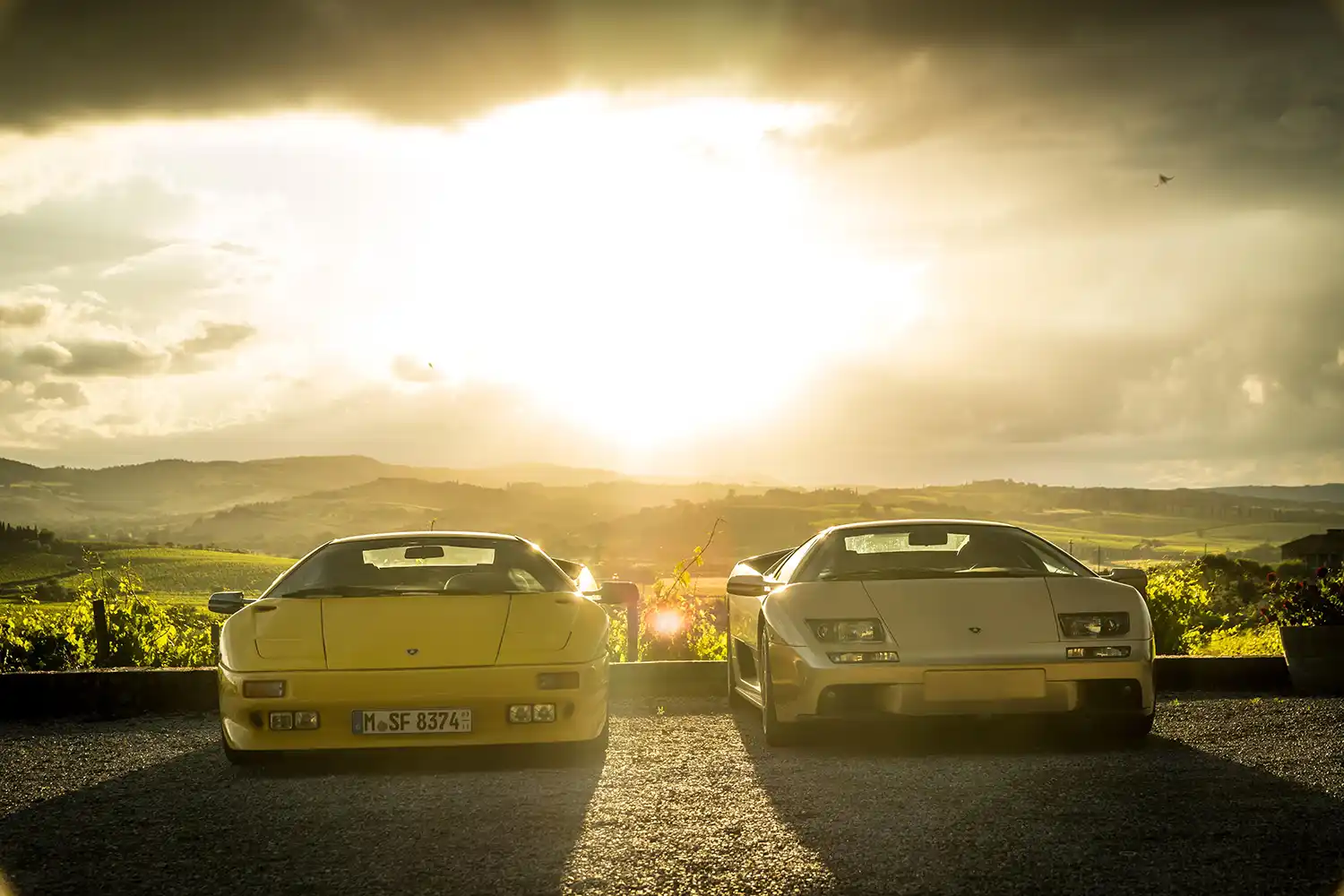
Automobili Lamborghini is renowned for its connection to strong and often unique automotive colors and, sixty years on from its foundation, it celebrates this symbiosis by recounting their evolution and importance in customizing its super sports cars.
When Ferruccio Lamborghini founded his company in 1963, a company destined to produce some of the best GT cars in the world, he decided from the very start that his cars wouldn’t have just one distinctive paint finish, but rather would be available in many different shades to appeal to diverse customers and, above all, give them the opportunity to make their cars as unique as possible. The first Lamborghini 350 and 400 GT cars reflected this philosophy, with a variety of beautiful but quite standard palettes for the time. In fact, it was the fashions of the time that set the limits, often judged insurmountable by customers, with trends of delicate soft shades including pastels.
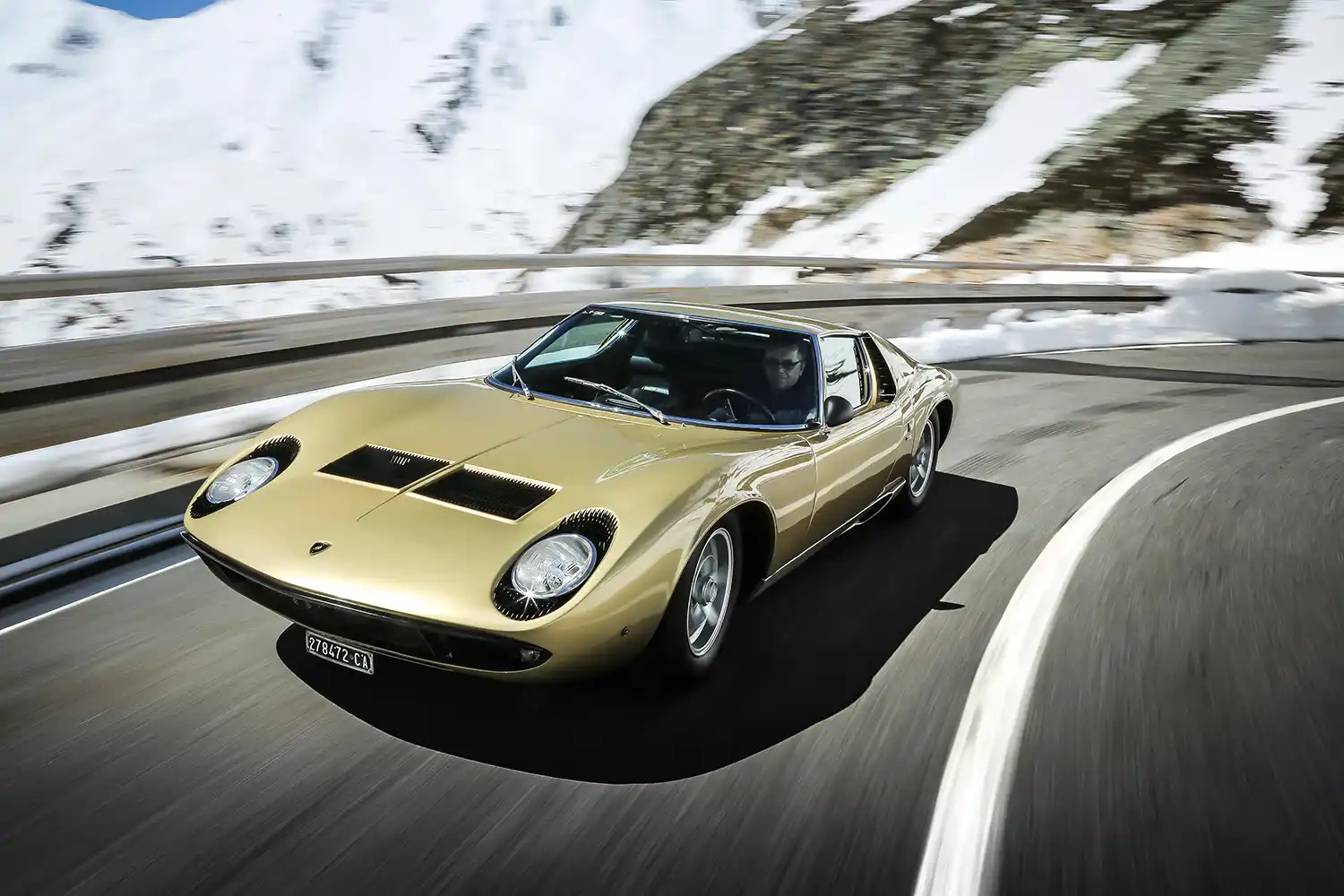
It was with the Miura in 1966 that Lamborghini experienced a multicolor explosion. The model lent itself well to bold hues; fashions were changing and the jet set were favoring new, more vibrant tones, which featured in architecture magazines. The clientèle had changed too: the Miura attracted younger customers with strong personalities, often excelling in jobs and careers and who were less connected to traditional style: they lived life at a different pace to many others and wanted their super car in a special color. The Miura was also around in the extraordinary years of the economic boom and social revolution, expressed by London’s Swinging Sixties and beat music. Thus, there were very few Miuras in black or white, the so-called non-colors, and a huge amount in green, orange and yellow, all in very bright and eye-catching shades. The British model Twiggy, an icon of the time, chose lime green for her Miura S (still used today with the name “Verde Scandal”) with two orange stripes along its length. In the legendary scene at the start of the 1969 film “The Italian Job”, the Miura climbing up the Great St Bernard Pass is orange, even if the exact name is “Rosso Miura” (Miura Red). The Shah of Iran ordered one of his four Miuras, the very limited edition SVJ, one of only four produced, in the splendid “Bleu Ischia Metallizzato” (metallic blue), matched with white leather interiors.
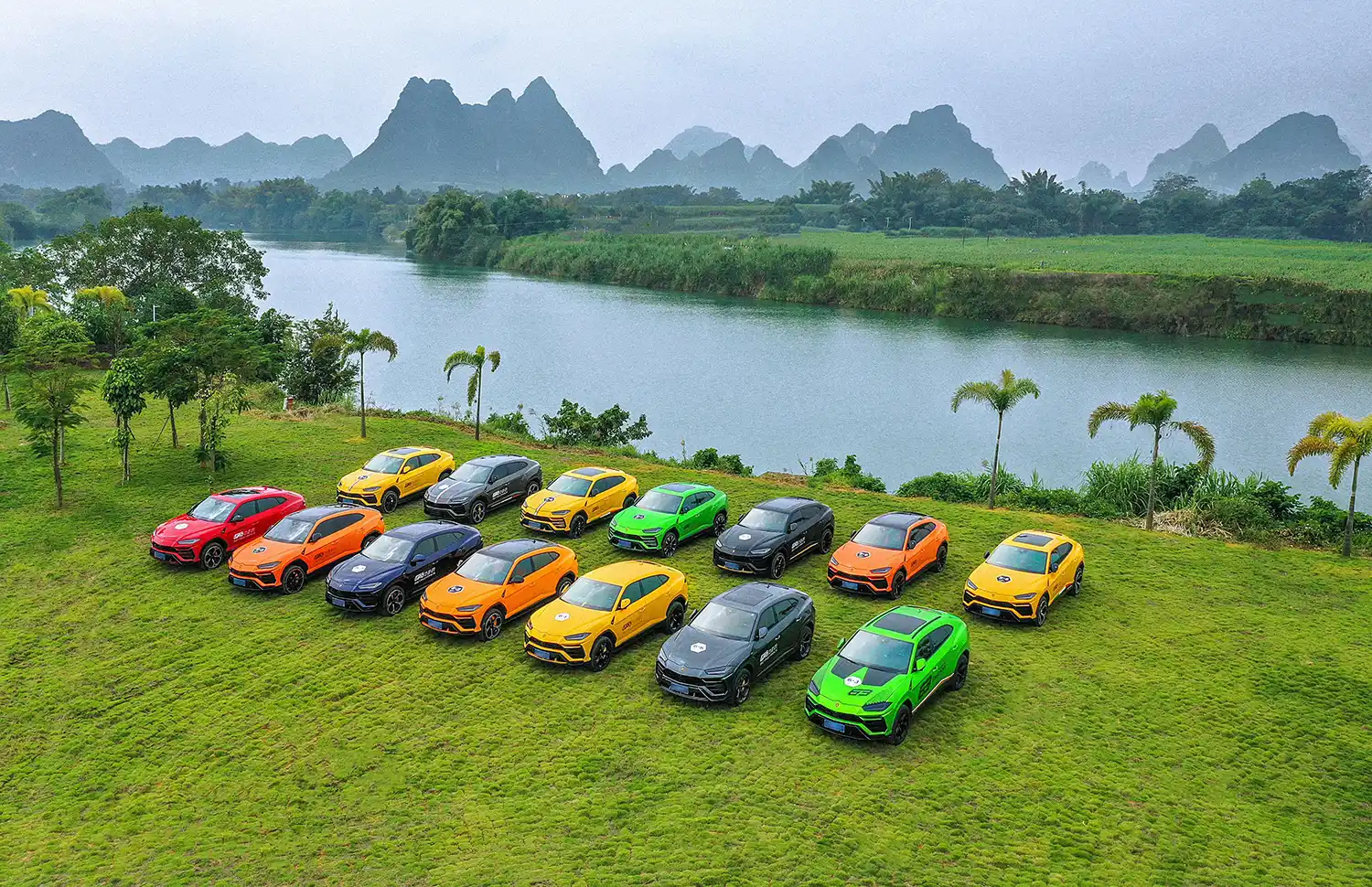
With the arrival of the Countach, presented in 1971 and produced from 1973, the color options also developed and in keeping with Lamborghini tradition, a wide range was available for this model. Despite the offering, many ordered their Countach in a special paint, often two-tone. The Canadian Walter Wolf, for his very limited edition LP 400, whose changes would later give rise to the LP 400 S, chose a special Rosso (red) for his first car with black wheel arch extensions, gray rims and Senape (mustard) interiors. The following year, 1976, his second car was produced in “Bleu Metallizzato” (metallic blue) with black wheel arch extensions, gold rims and Senape interiors. But it wasn’t just the super sports cars that were ordered in special paint. The Espada, officially a family car thanks to its four comfortable seats and large trunk, was often ordered in bright colors, such as “Oro Metallizzato” (metallic gold). The Espada VIP limited series, on the other hand, was characterized by its two tones, with orange and black being the most popular. Even the LM 002, a car with totally unconventional shapes and dimensions, saw units produced in special colors chosen by the customer, such as the one-off created for a Japanese enthusiast who requested “Verde Speciale” (special green) which, in reality, was a shade of blue.
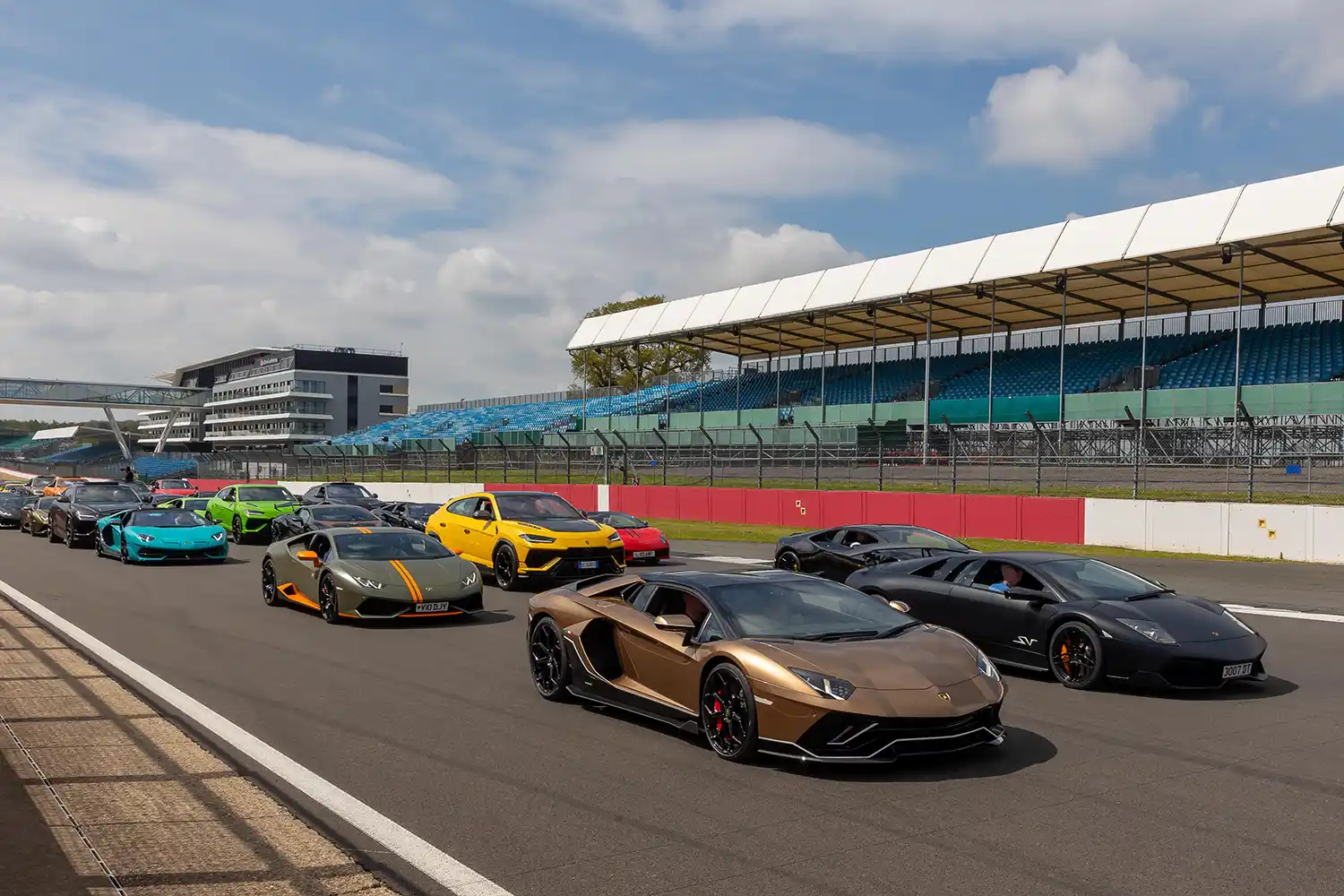
The Diablo started out in mainly pastel colors in the early years, while towards the end of production there were many metallic shades, such as the magnificent “Oro Elios” (gold). The Diablo also came in purple. Already used for some Countach models, purple remained rather niche until the presentation of the Diablo SE 30, the limited series that celebrated the company’s 30th anniversary in 1993. This series used the purple known as “Viola 30th”, a very striking metallic shade which, although initially created only for this limited series, entered into the paint range due to the enormous demand from customers. It is still recognised and identified as the color of the Diablo SE 30, 30 years later, due partly to the appearance of Jason Kay’s personal Diablo in Viola 30th in the music video of ‘Cosmic Girl’ by Jamiroquai.
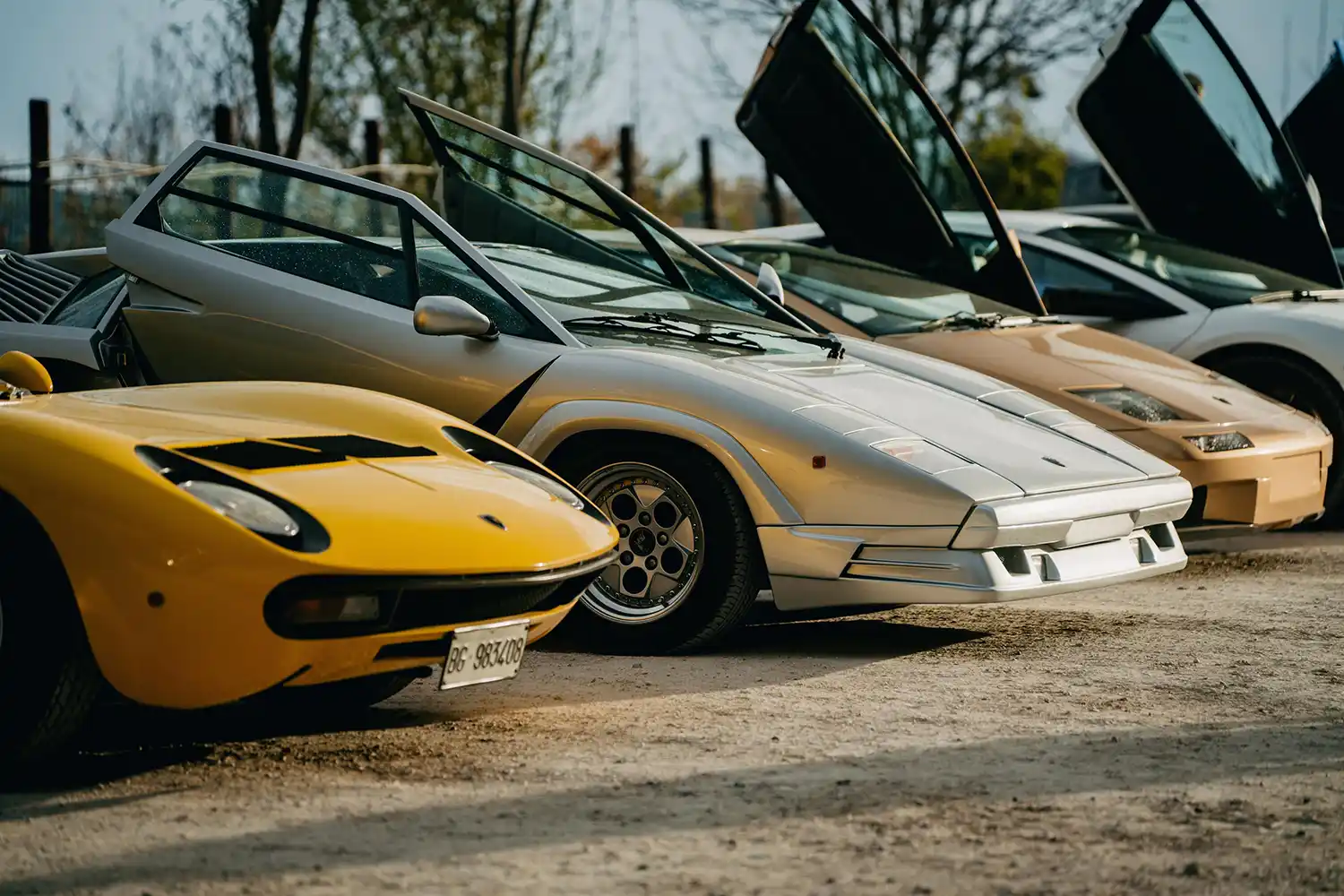
With the arrival of the Murciélago in 2001, pearl finishes came to the fore, contrasting with the carbon fiber. One of these, “Bianco Perla” (pearl white), is considered by many to be the most attractive. With the Murciélago, matt colors were also added to the Lamborghini offering. For the “baby” Gallardo in 2003, the most popular paint options were “Arancio Atlas” (orange) and “Giallo Orion” (yellow), two shades that firmly echo the traditional and iconic colors of Lamborghini.
With the Aventador, Huracán and Urus, we enter the modern era, with special finishes or variable tones depending on how the light hits them: the so-called Harlequin or iridescent colors. Increasingly, requests came in for multicolored, shaded or cars with dedicated liveries. But when developing paint finishes, tradition was never forgotten: for the Huracán Sterrato for example, paints derived from those offered on the LM 002 were developed, such as “Sabbia Desertum”, a shade of sandy beige.
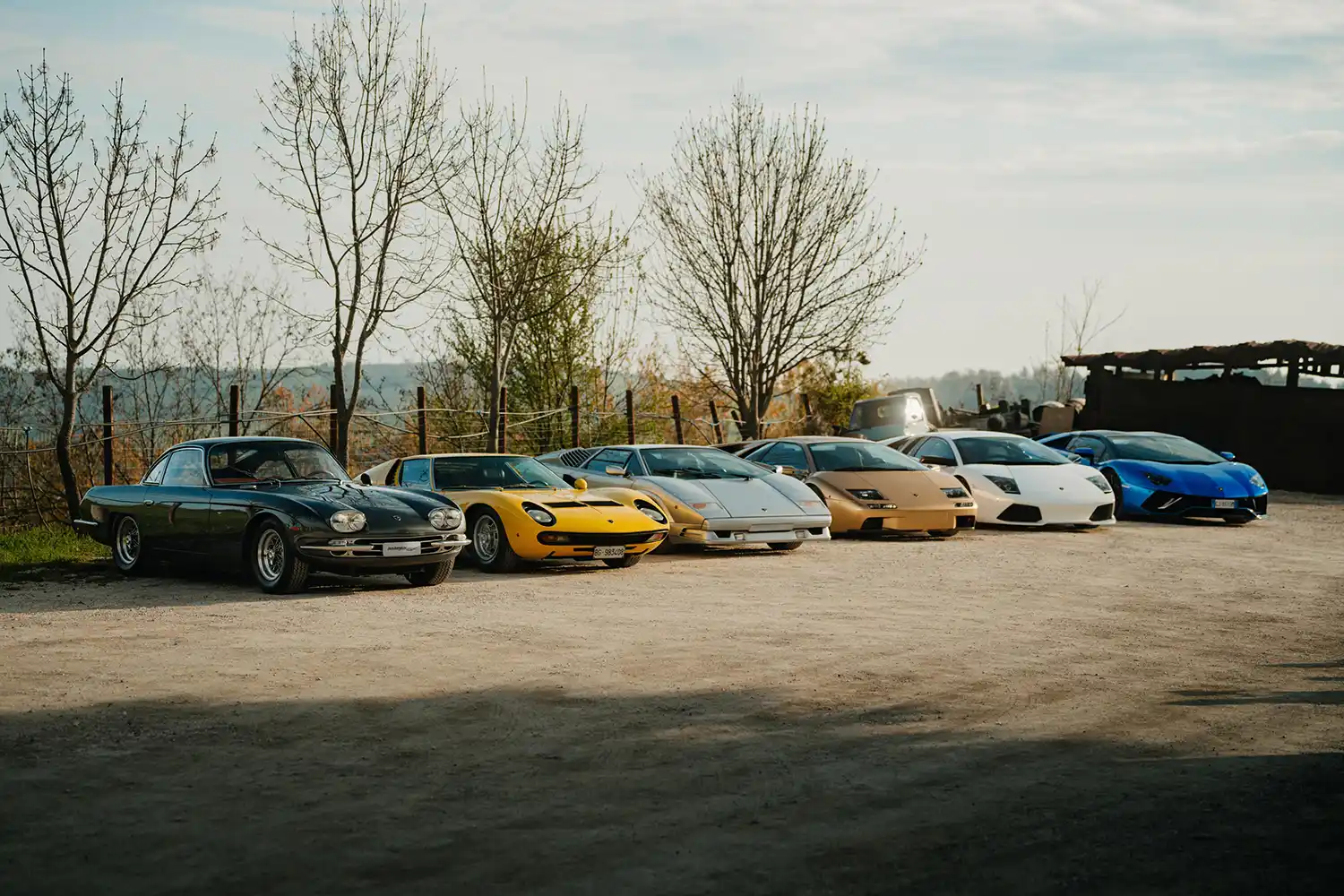
Lamborghini’s long-standing tradition of satisfying customer requests as far as possible became official with the opening of the Ad Personam Department in 2013, which allows customers to choose from an almost infinite number of color and trim combinations or, if they want, to have their own created. In January 2016, the first studio was created within the Sant’Agata Bolognese factory for customers to visit the company’s historic headquarters and customize their future car. During the Ad Personam process, the customer chooses the colors and combinations that they like best to feel represented by the car are buying. The Ad Personam team works to meet customers’ specific ideas and requests while keeping Lamborghini’s identity at the centre. Lamborghini’s personalization program is an extremely popular option, demonstrated by the Aventador’s production that closed with 90% of the cars created through Ad Personam, the Huracán with a solid 80% and the Urus with around 70%.
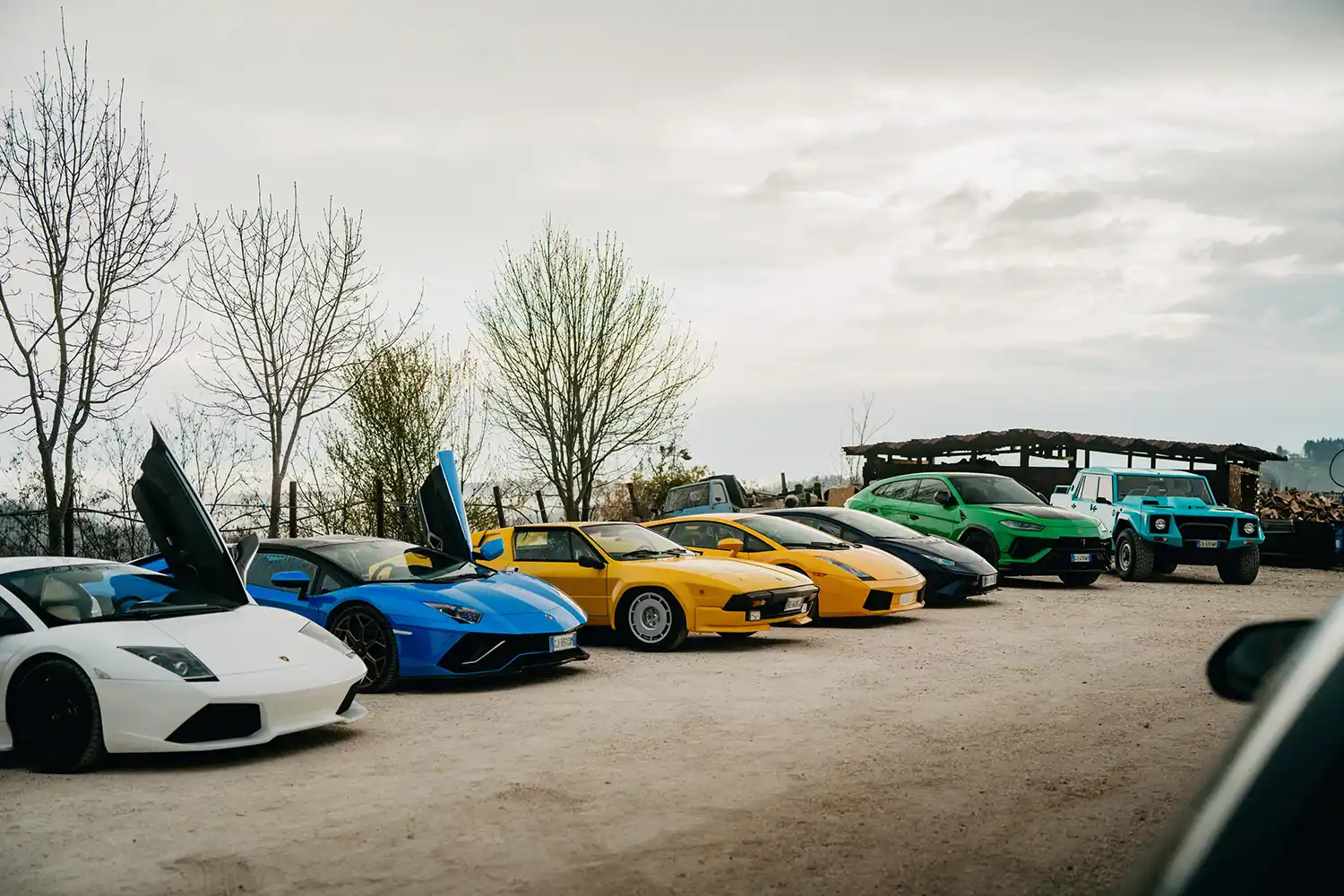
Today there are more than 360 colors to choose from, 60 of which are divided into five families (Sporty, Contemporary, Eclectic, Classic and Technical) reflecting the company’s heritage, its current product range and its future direction, without forgetting the possibility of having a specifically-developed finish. A further 300 colors are part of the Ad Personam palette, including those with special tones and more sophisticated technologies, with some available through the Lamborghini Car Configurator system, and others only by visiting the Ad Personam studio.
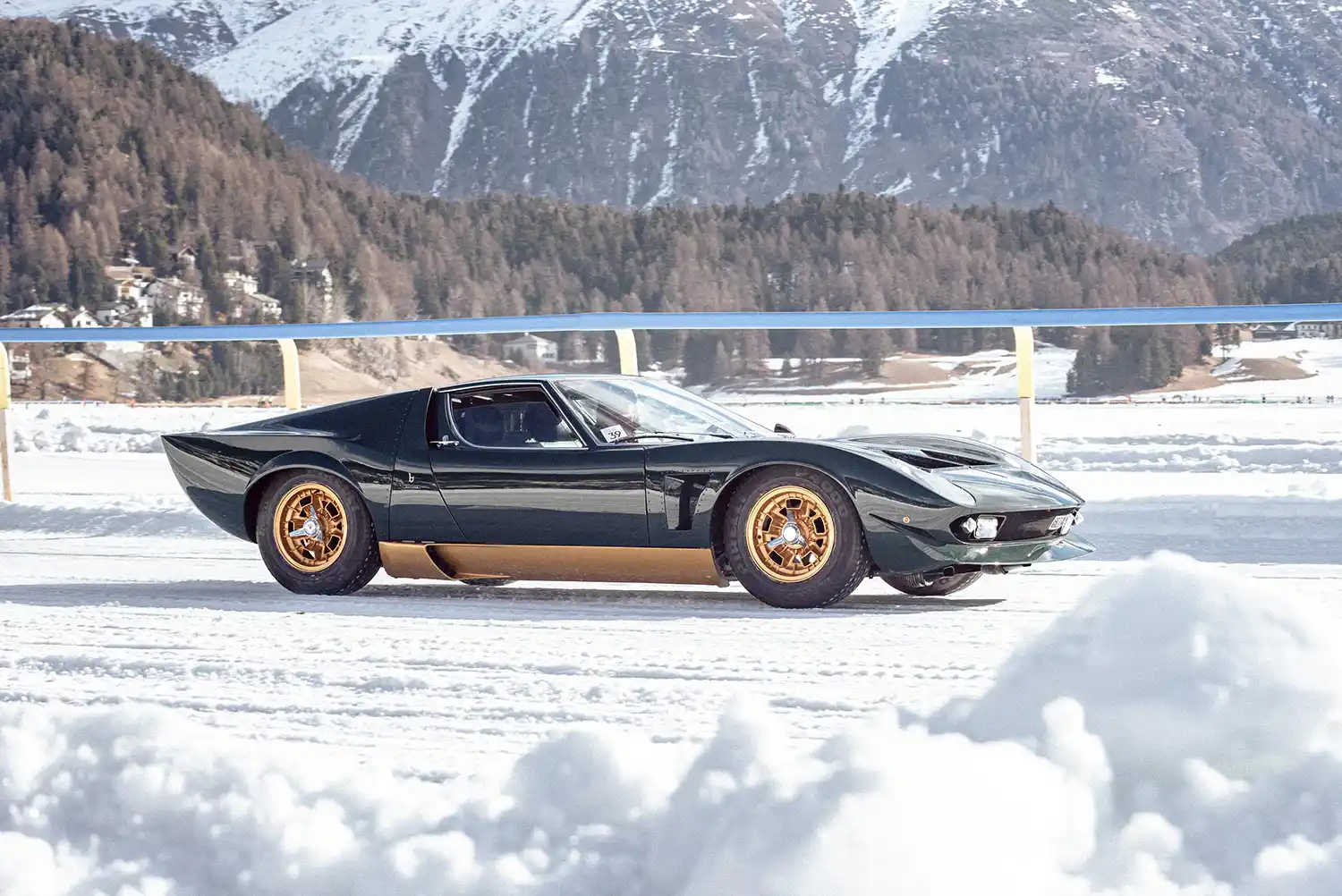
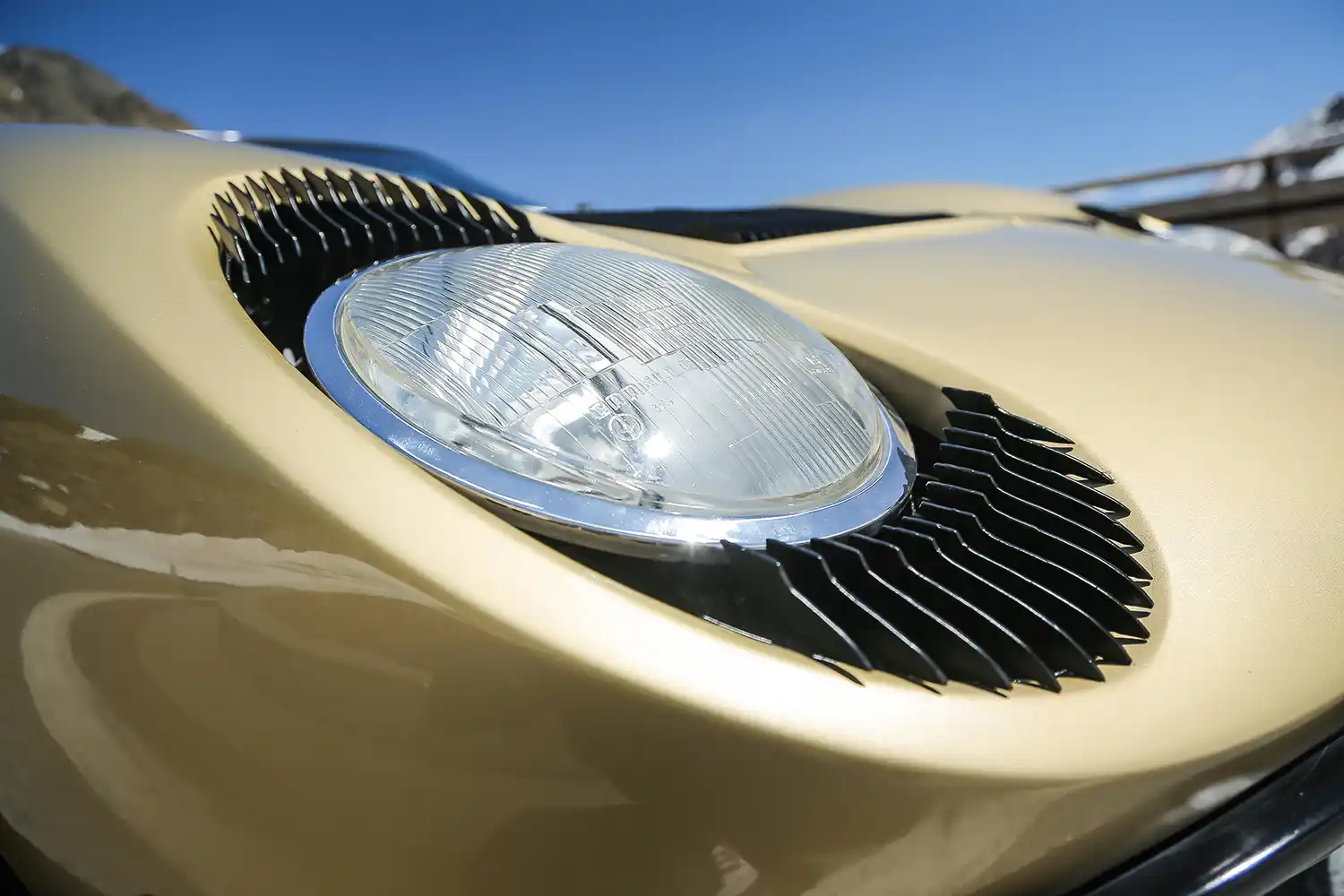
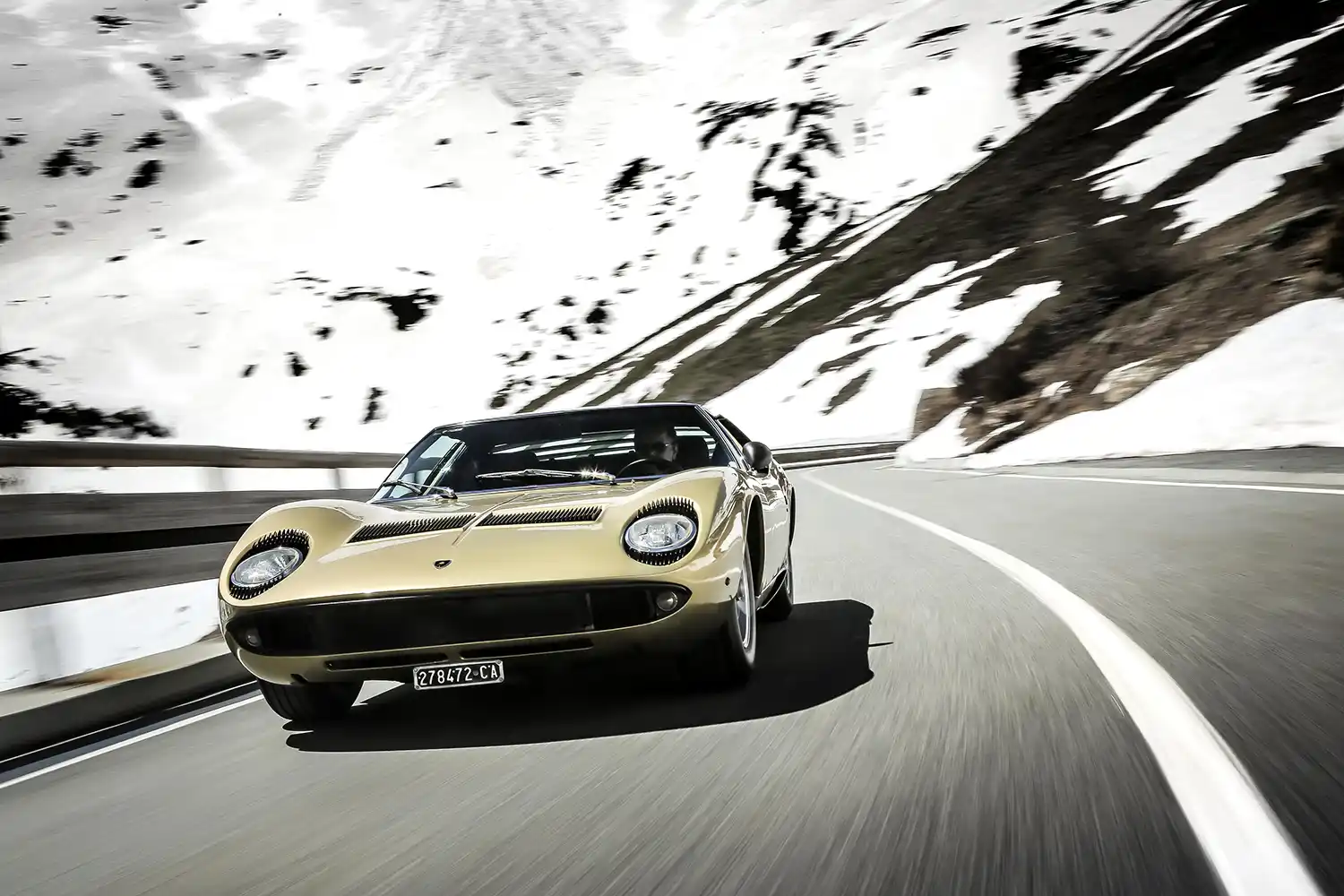
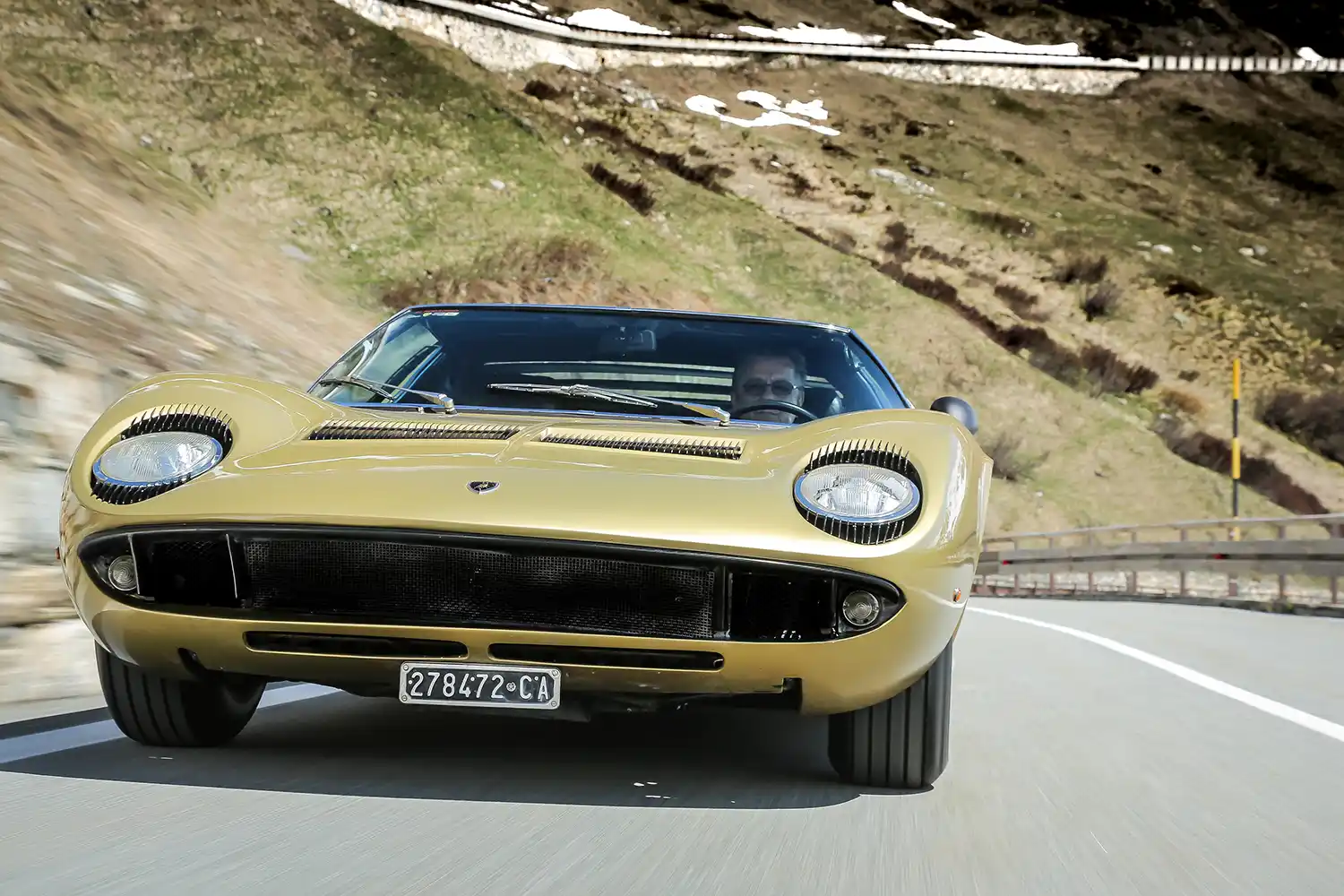
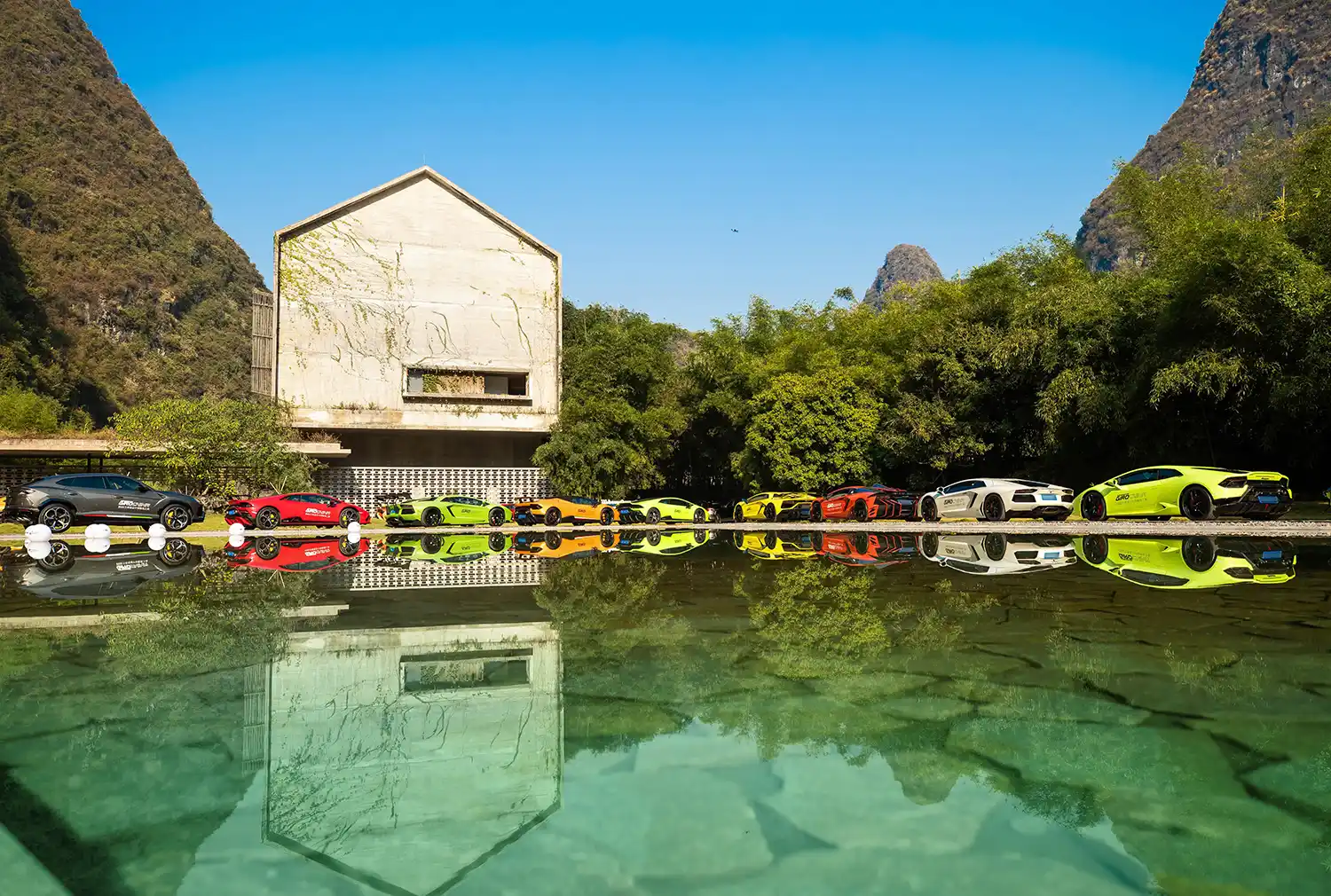
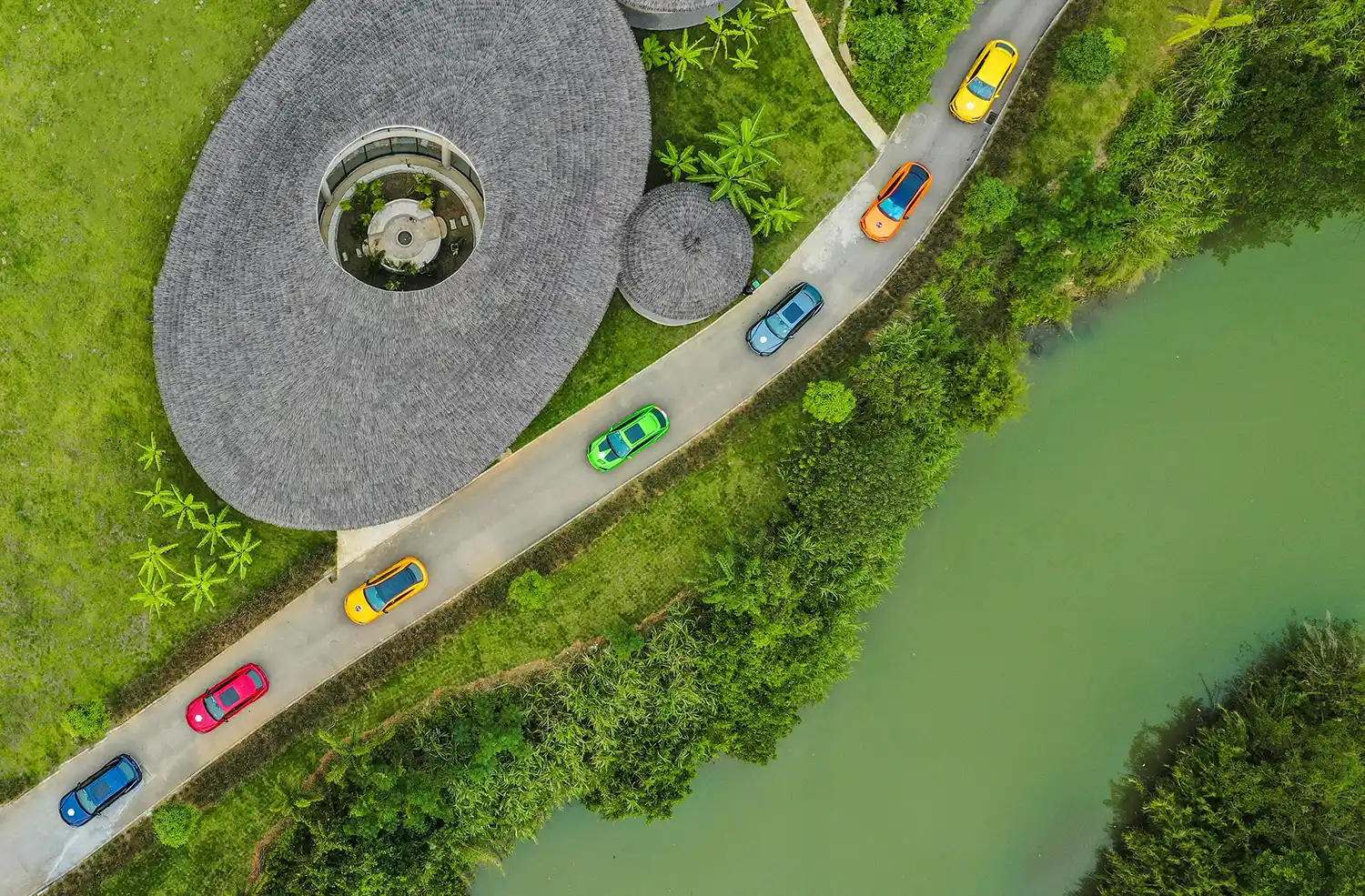
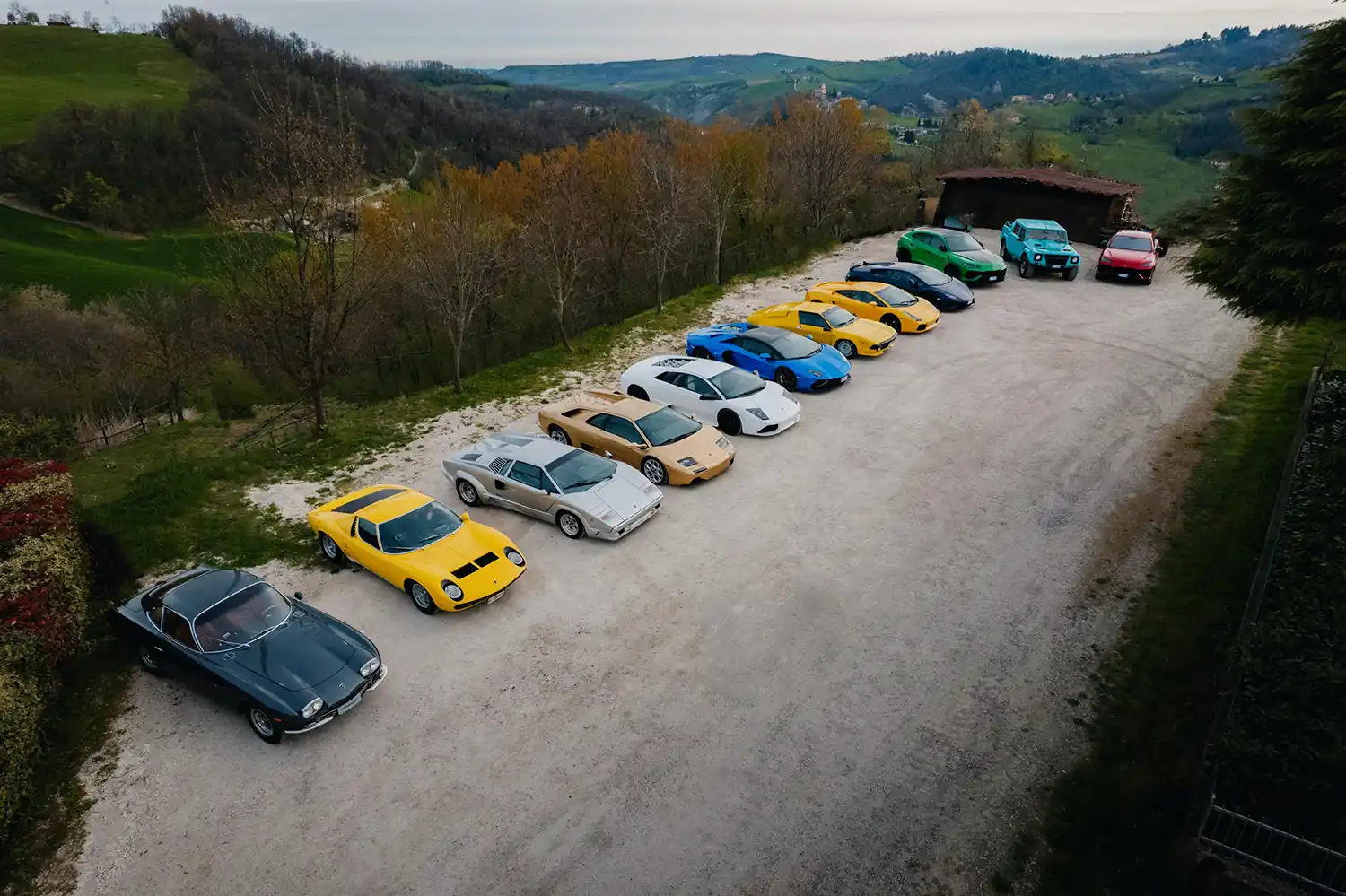
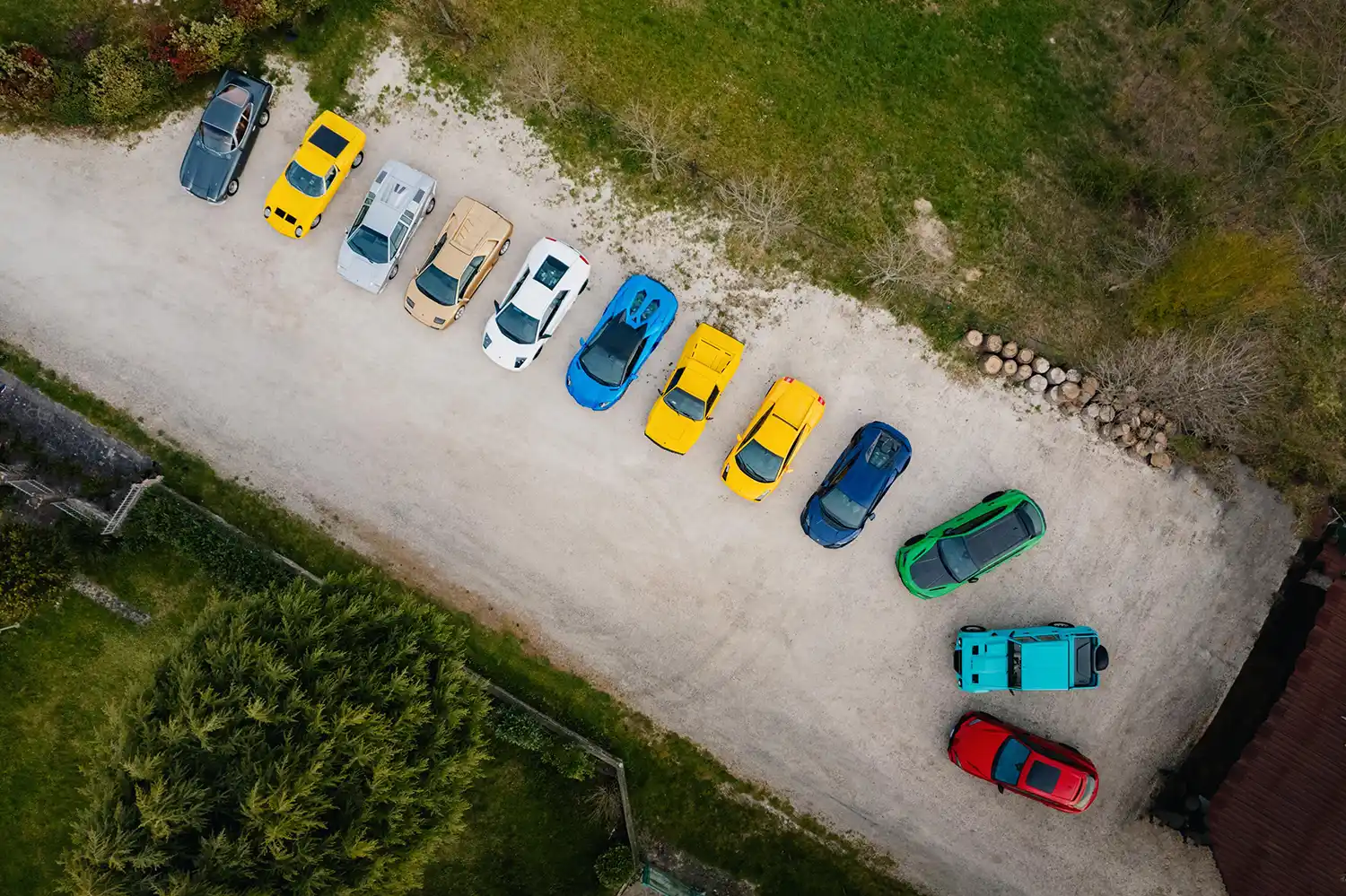
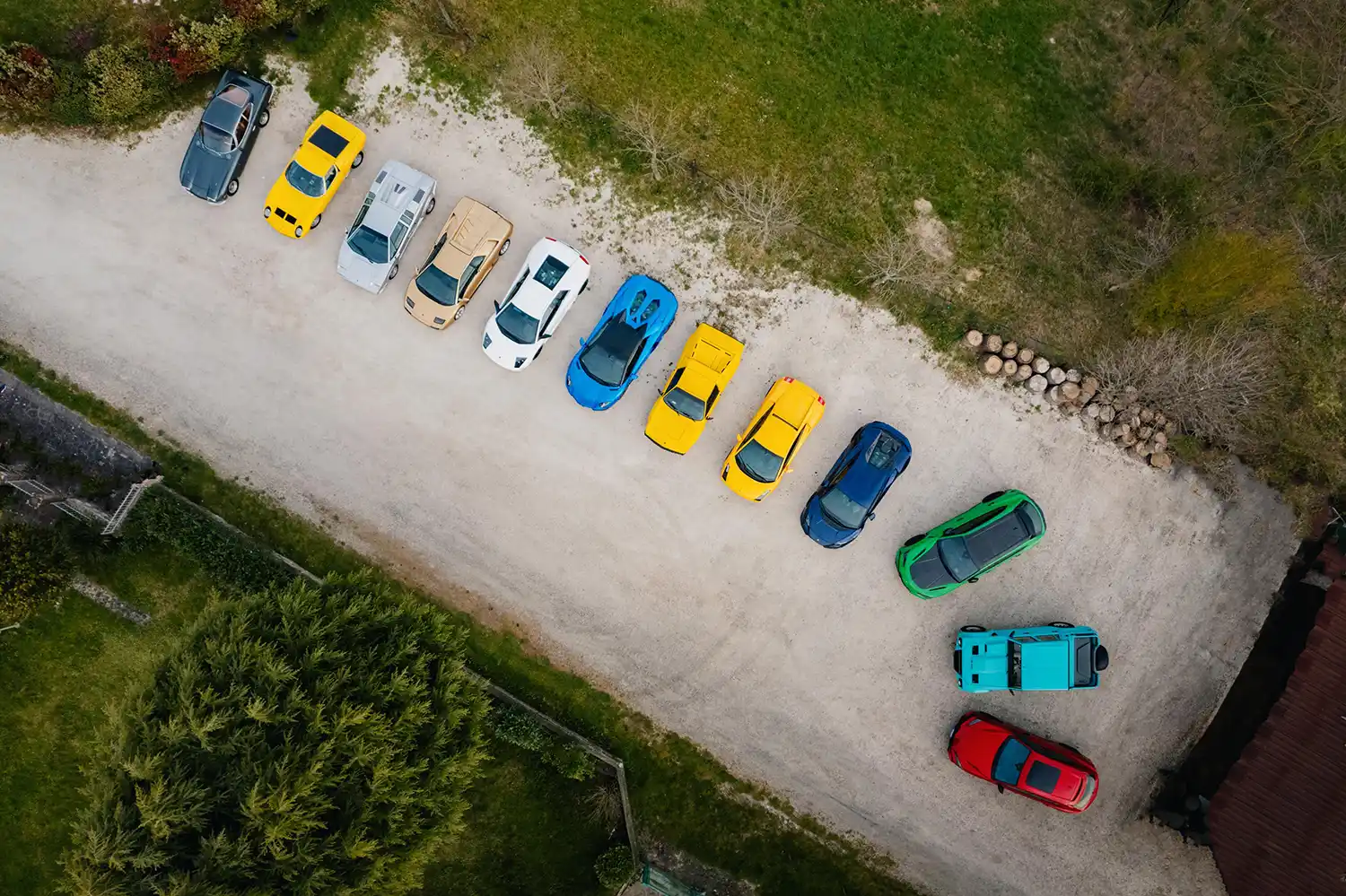
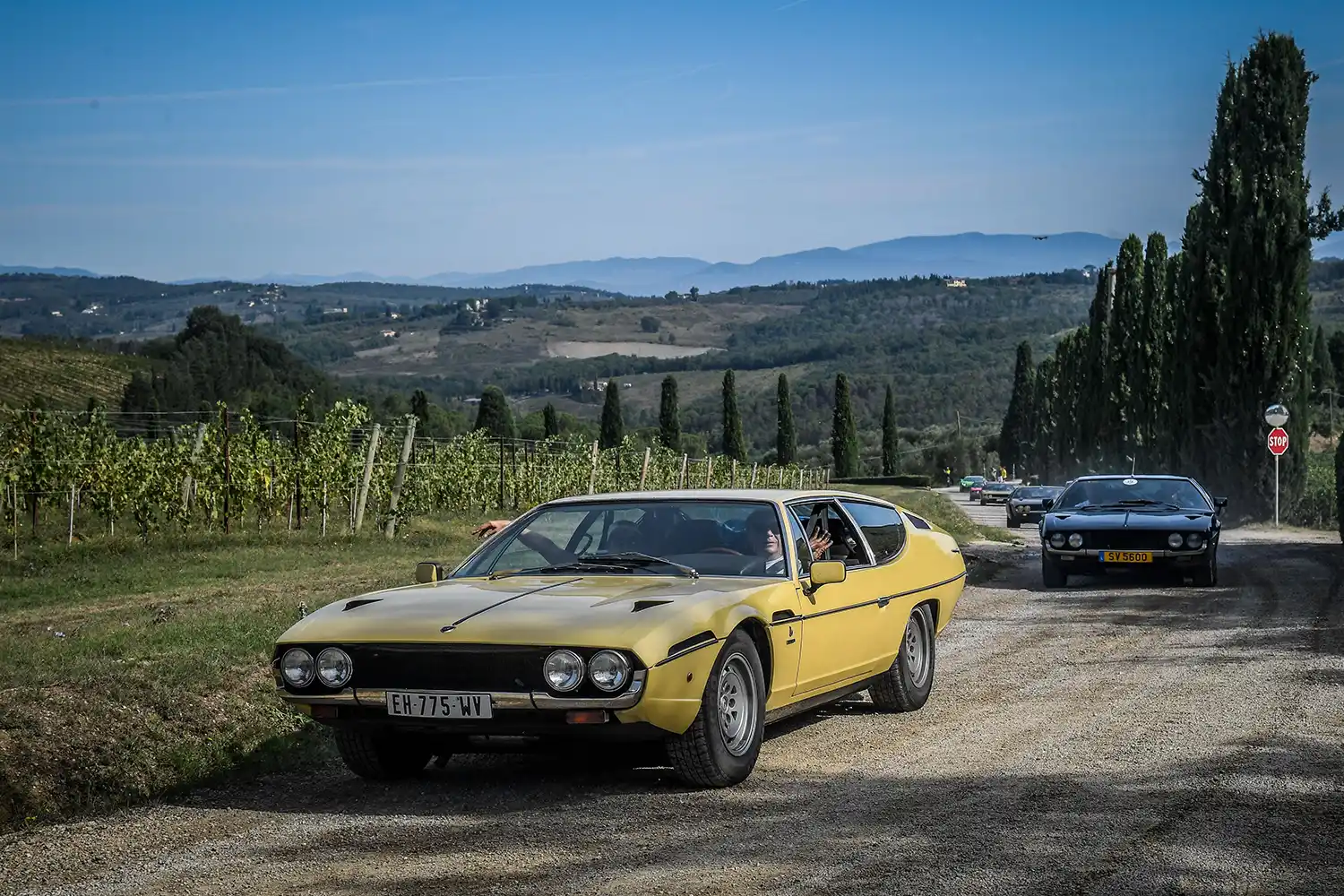
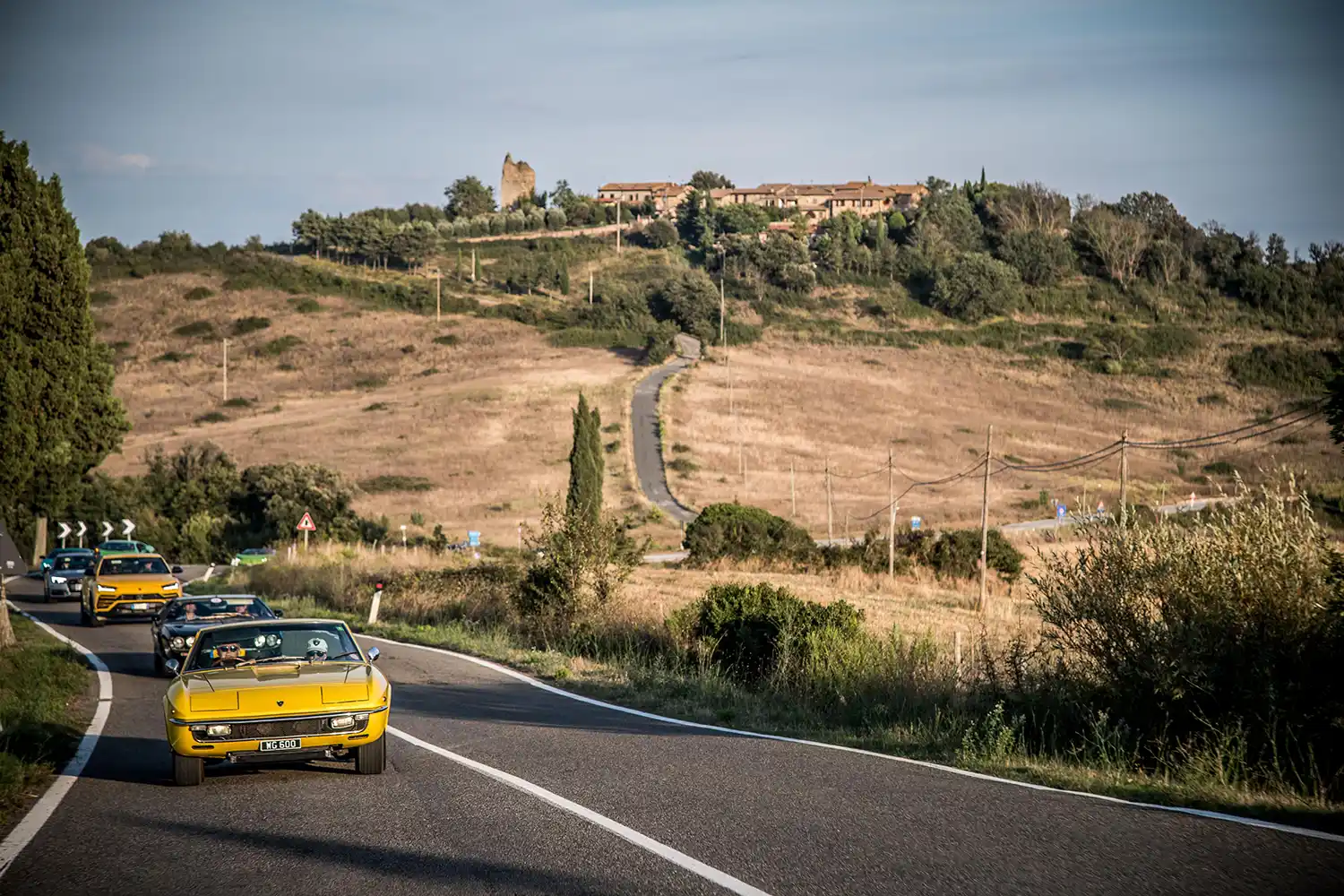
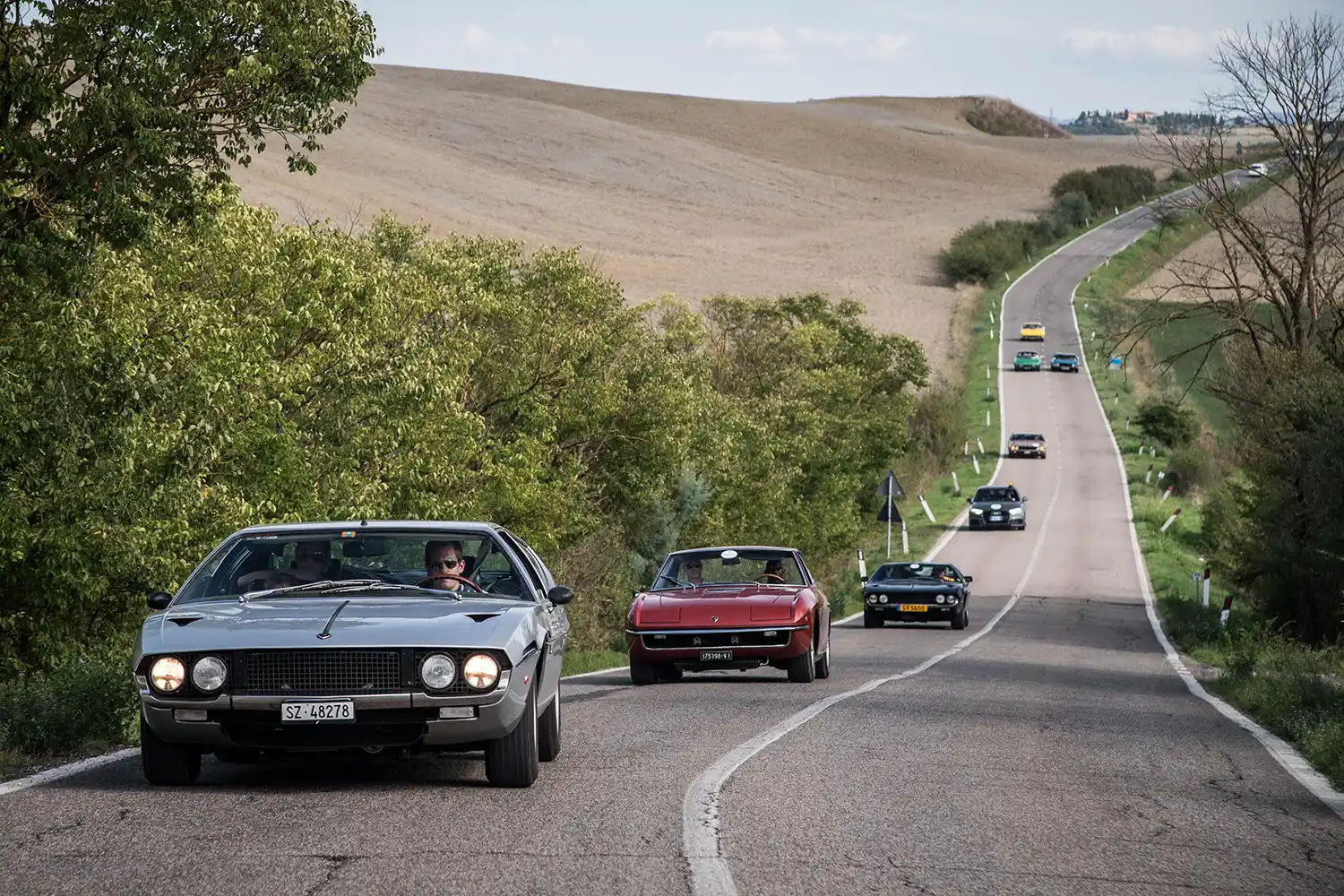
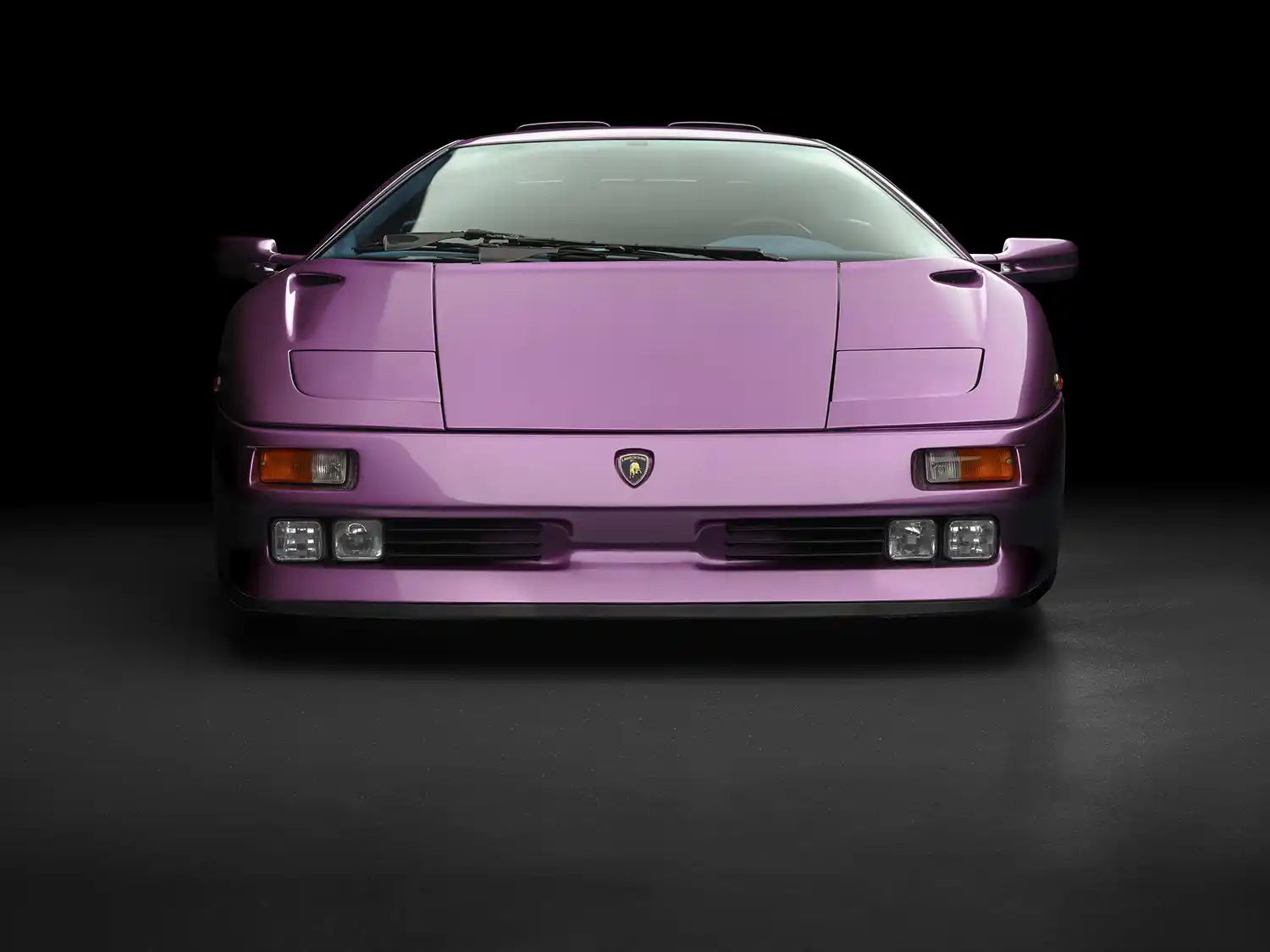

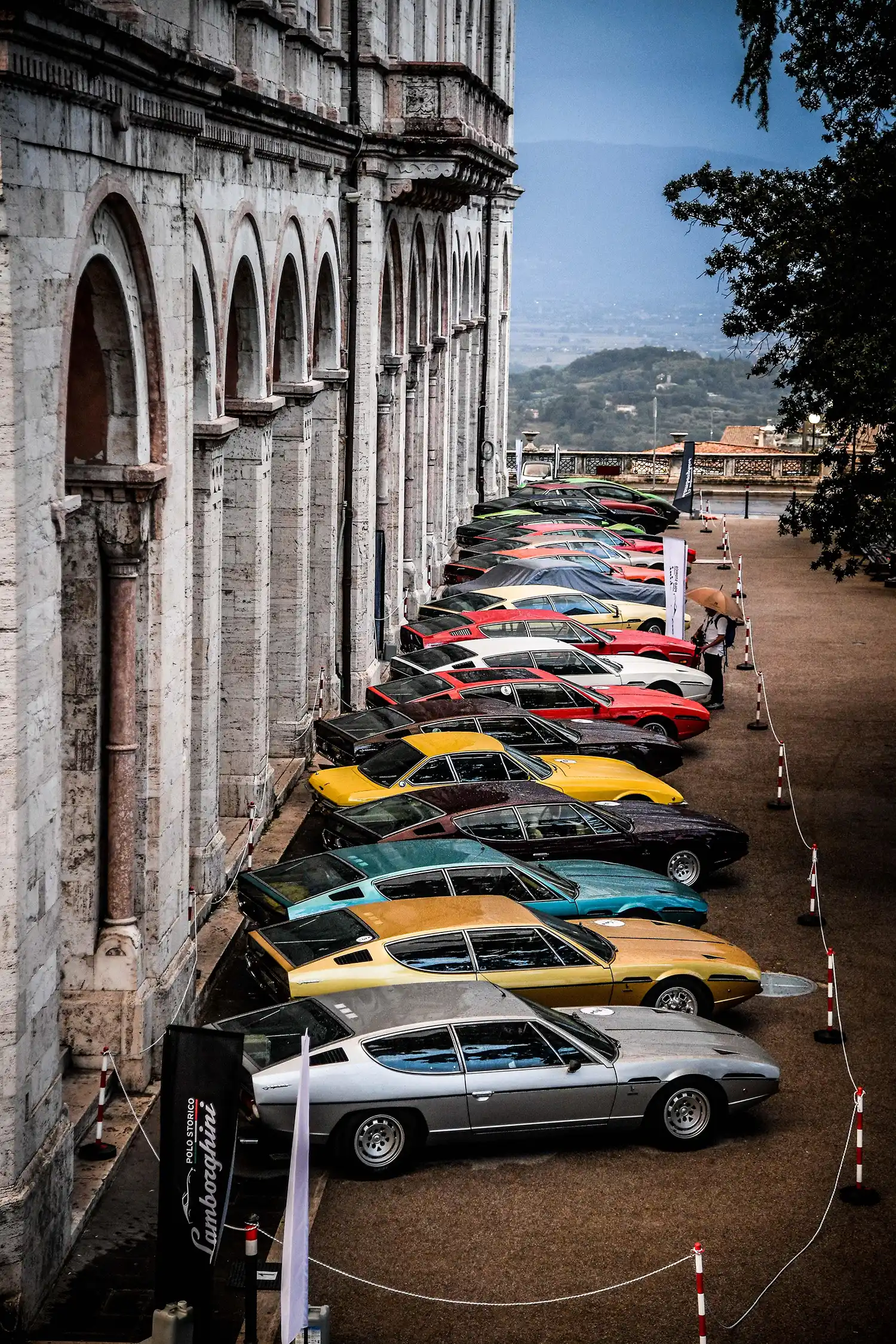
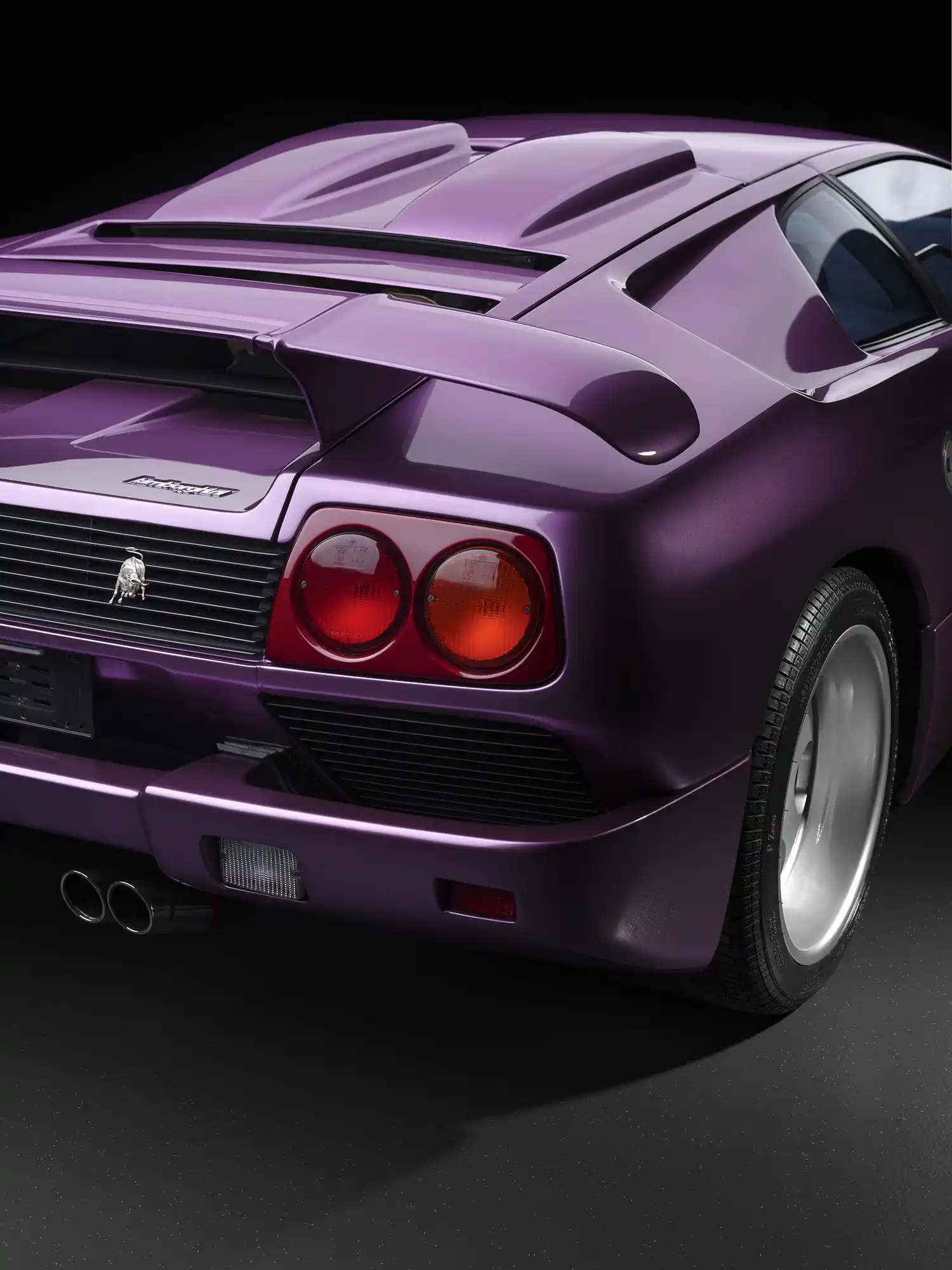
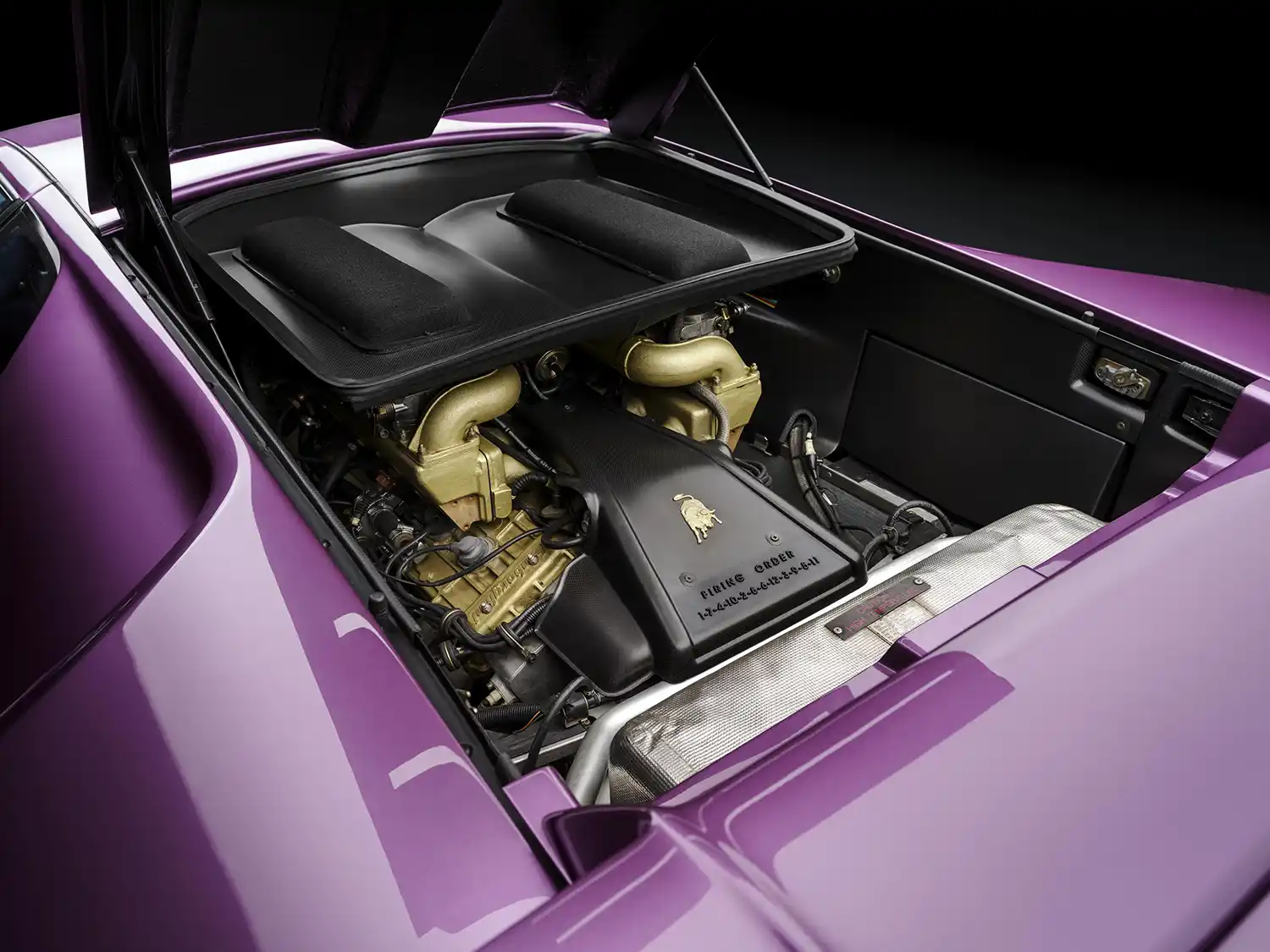
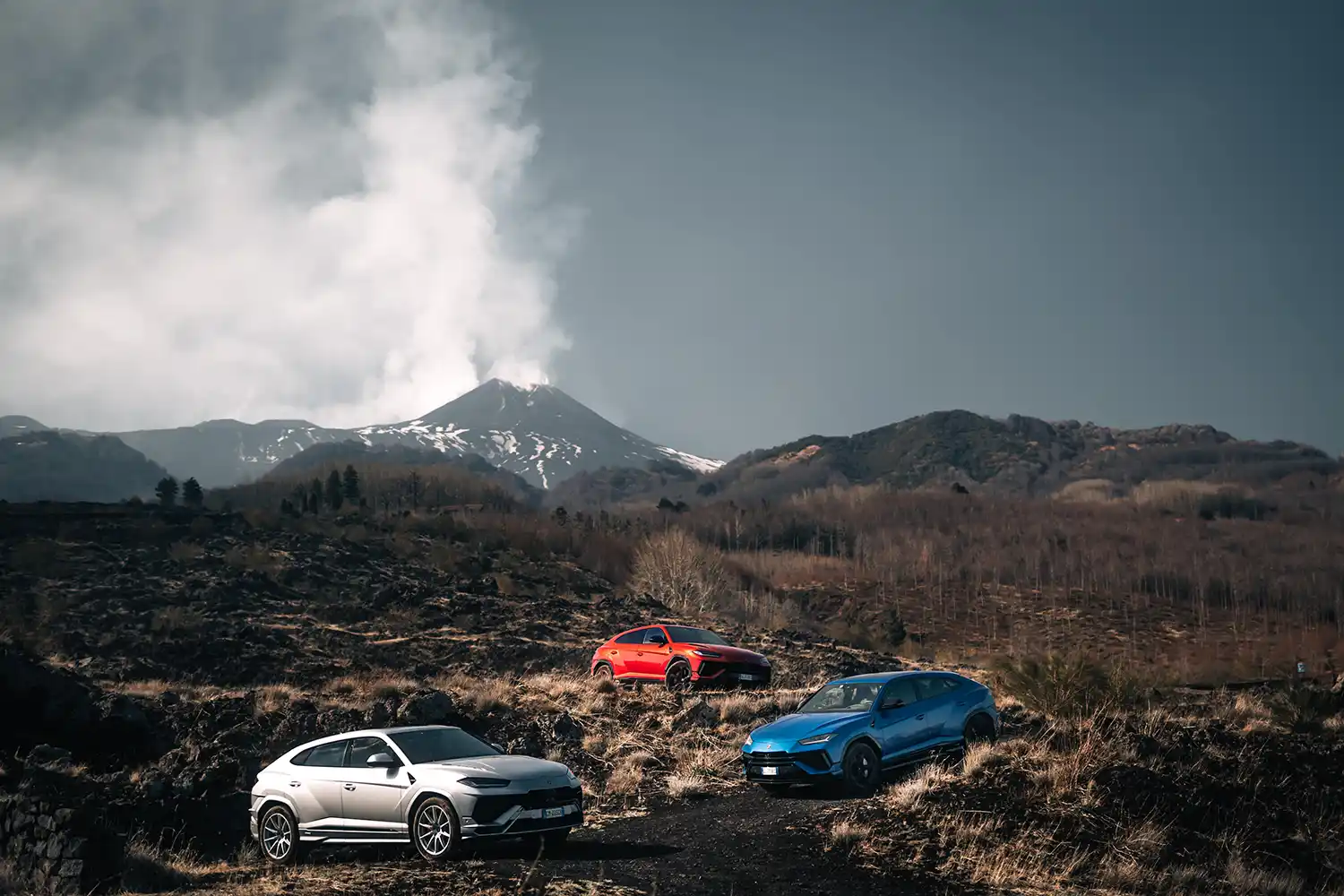
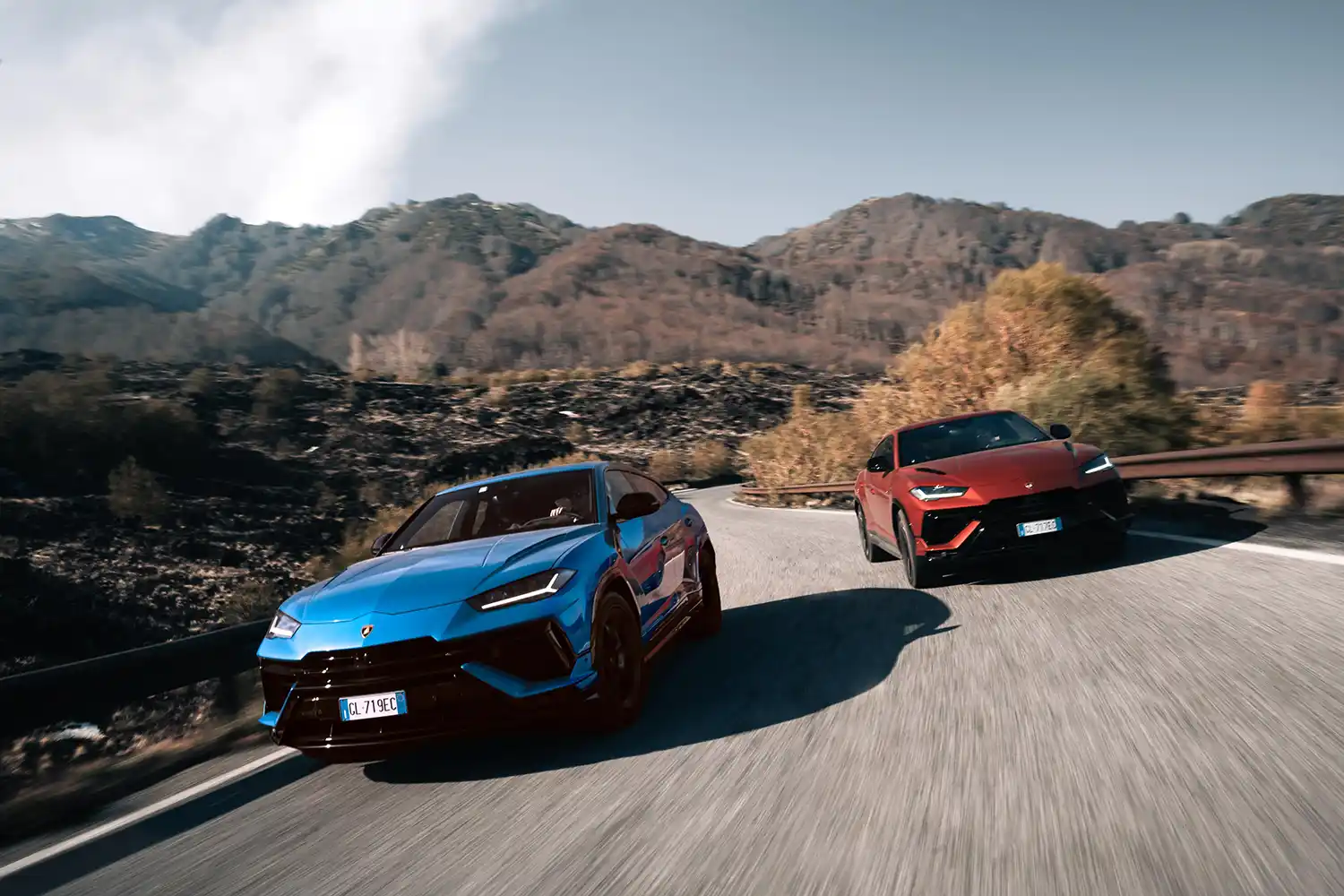
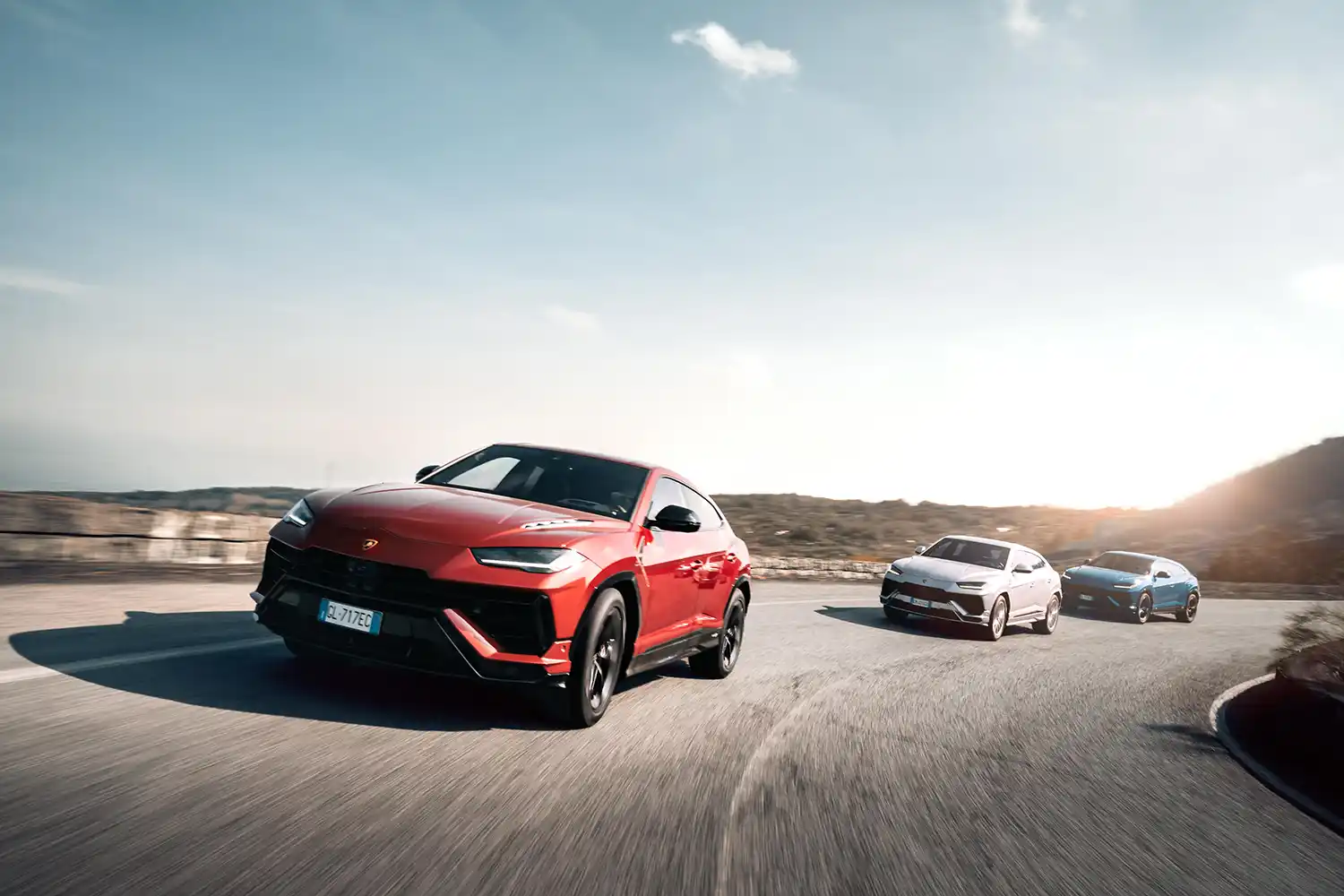
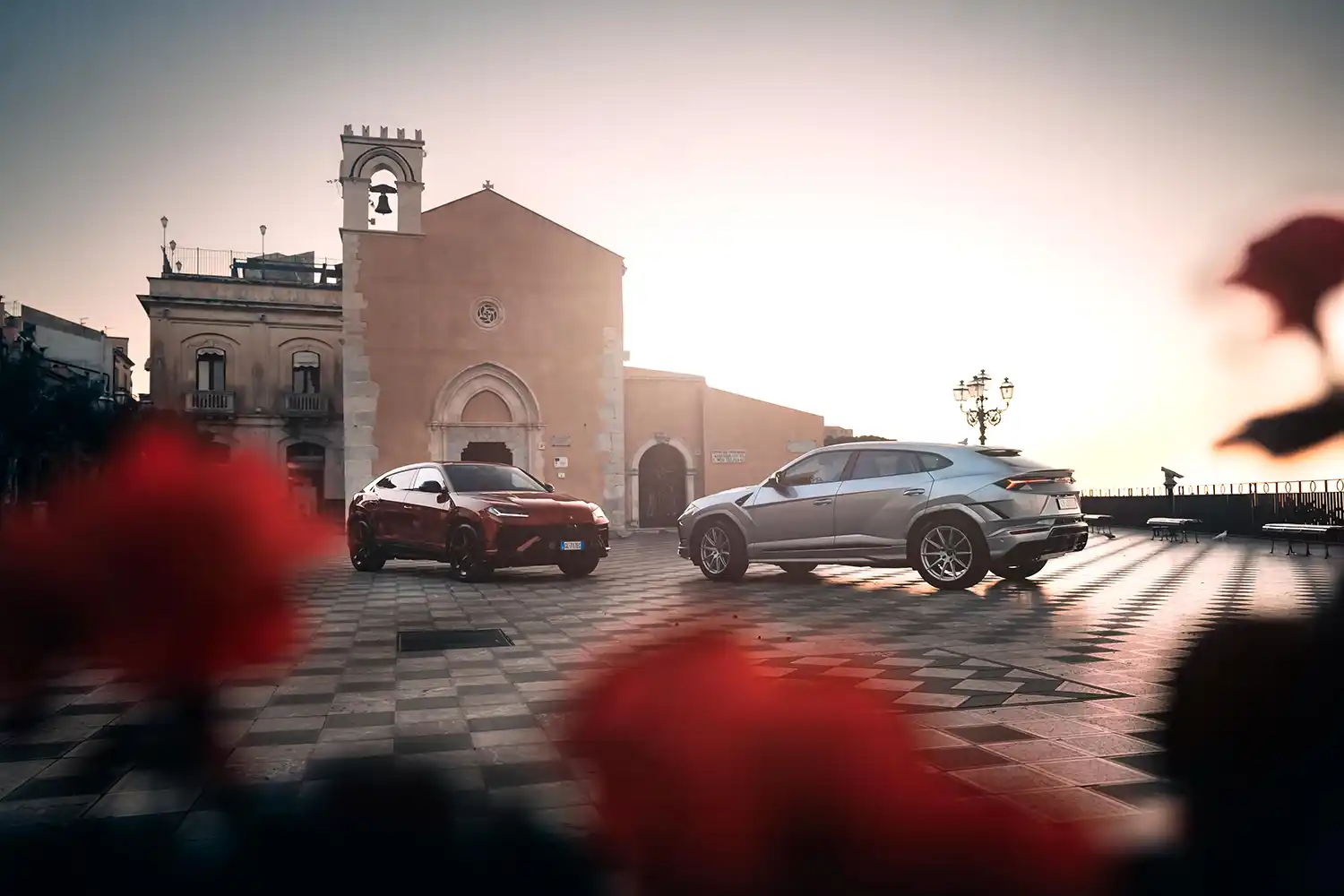
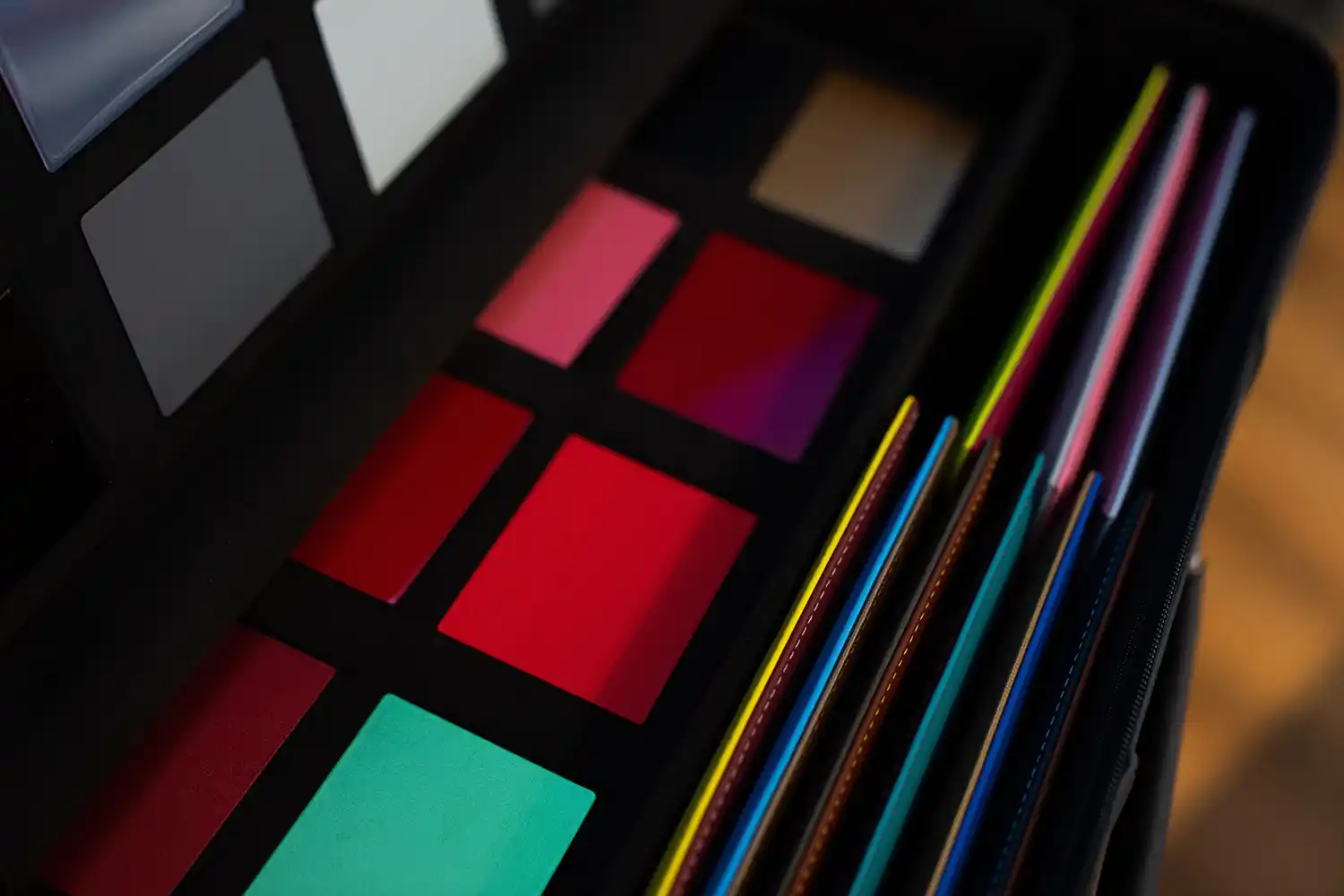
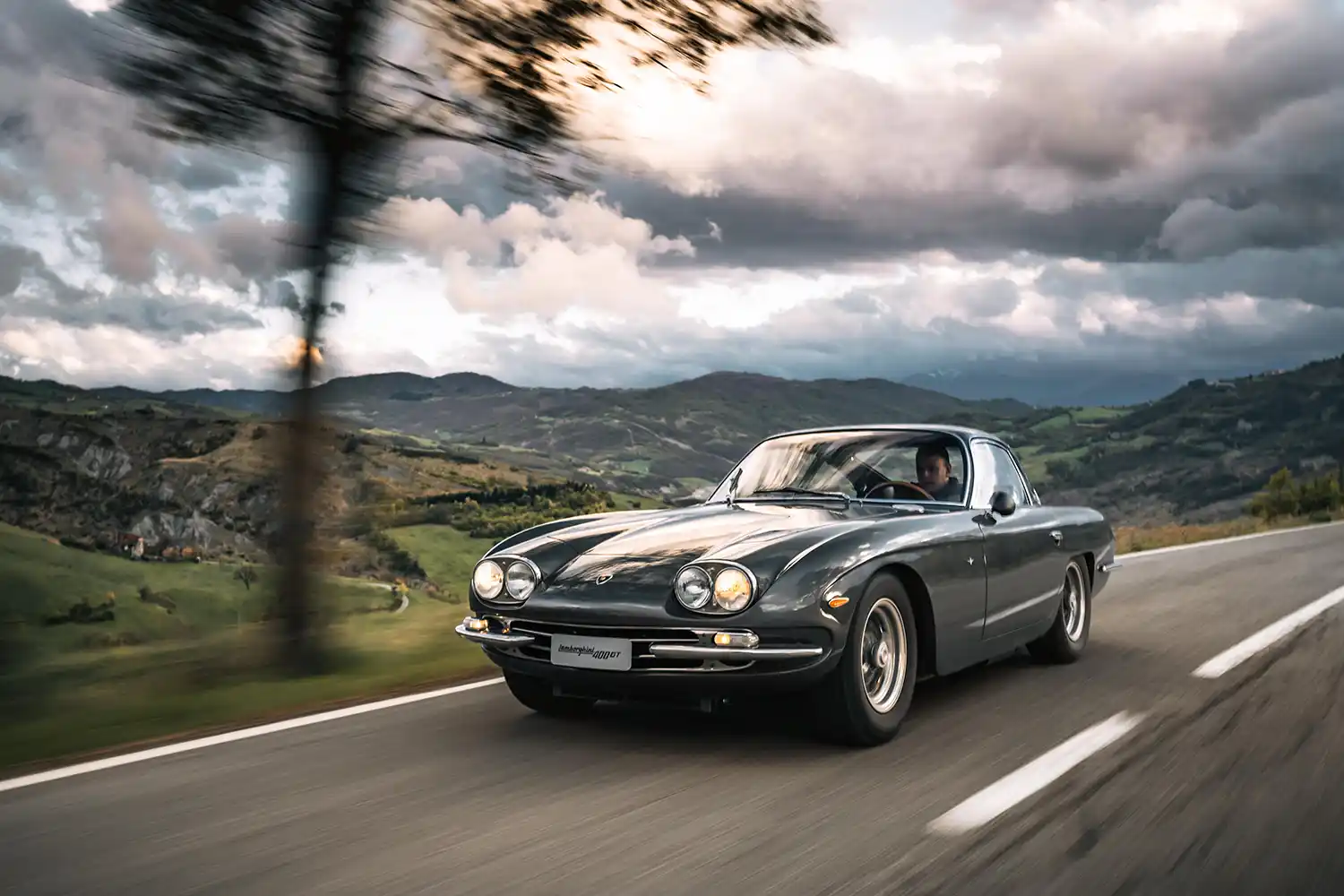
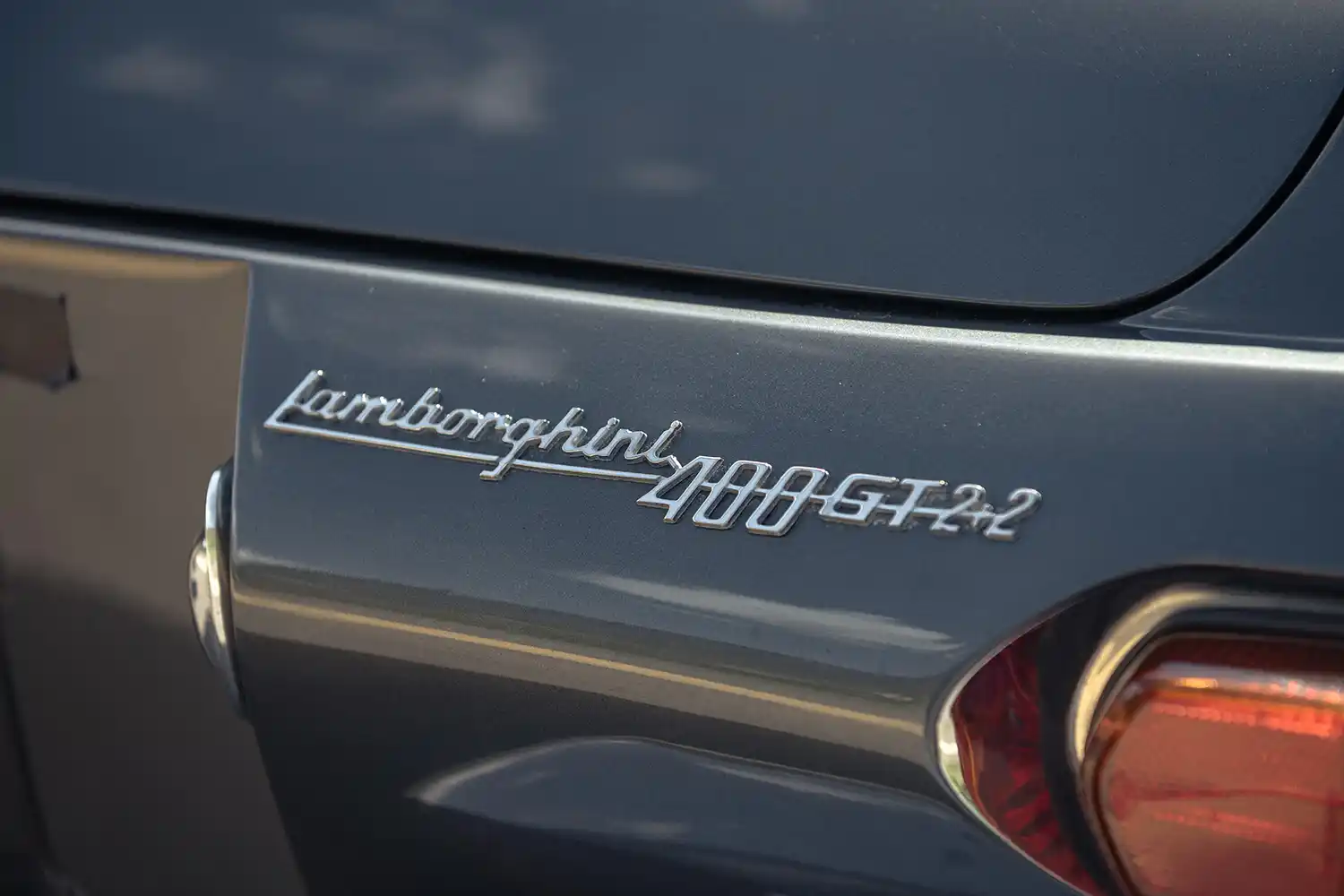
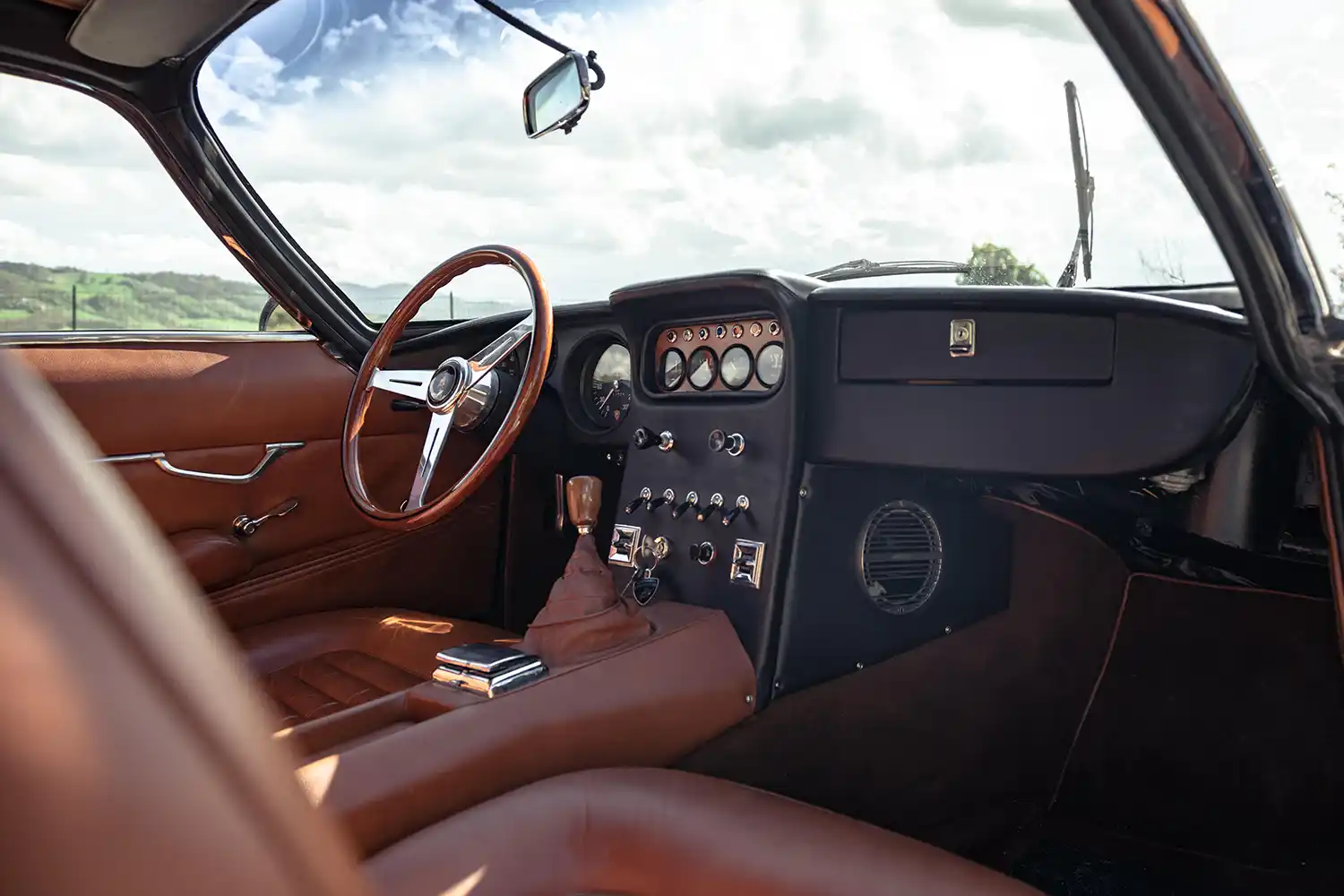
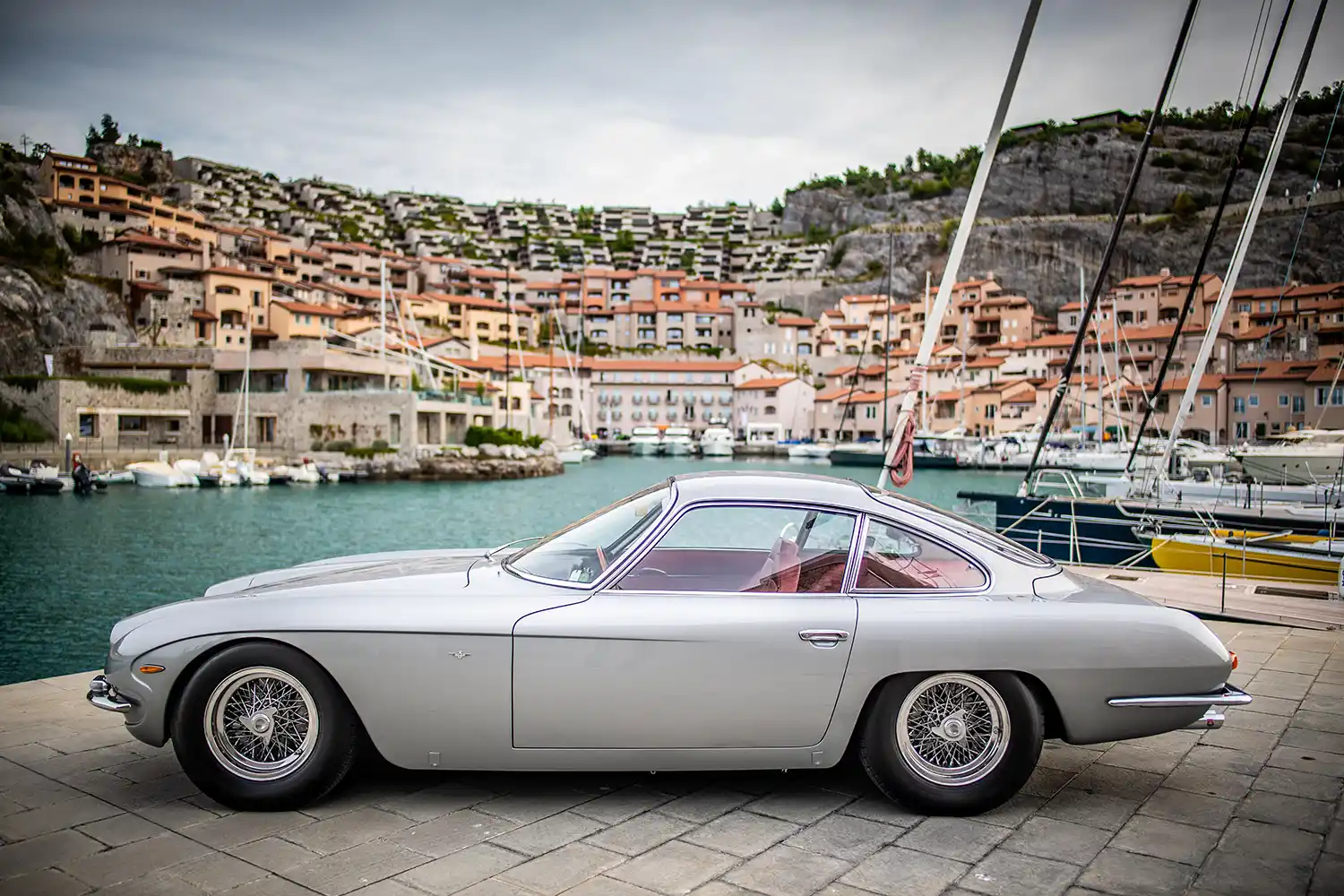

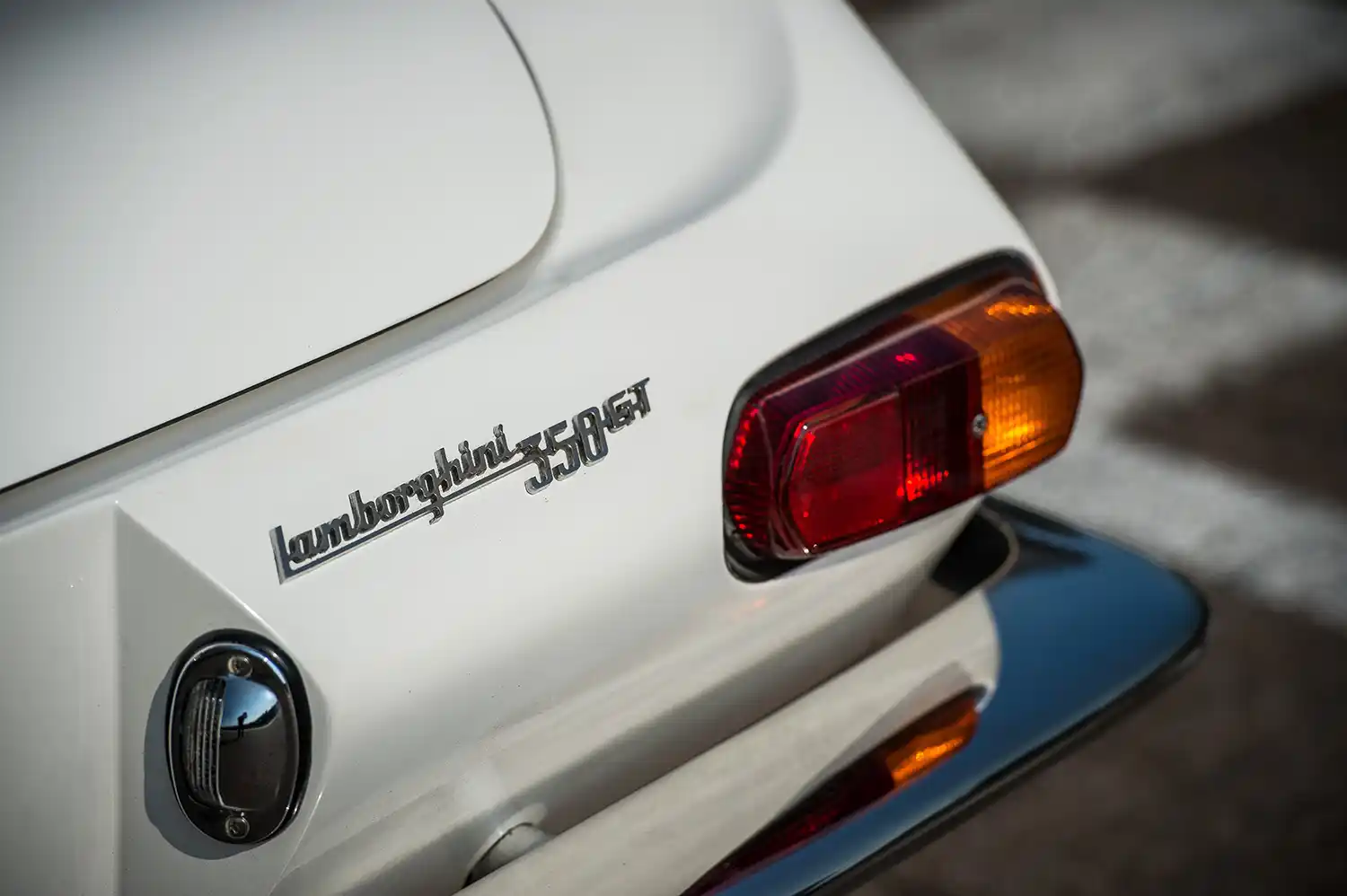
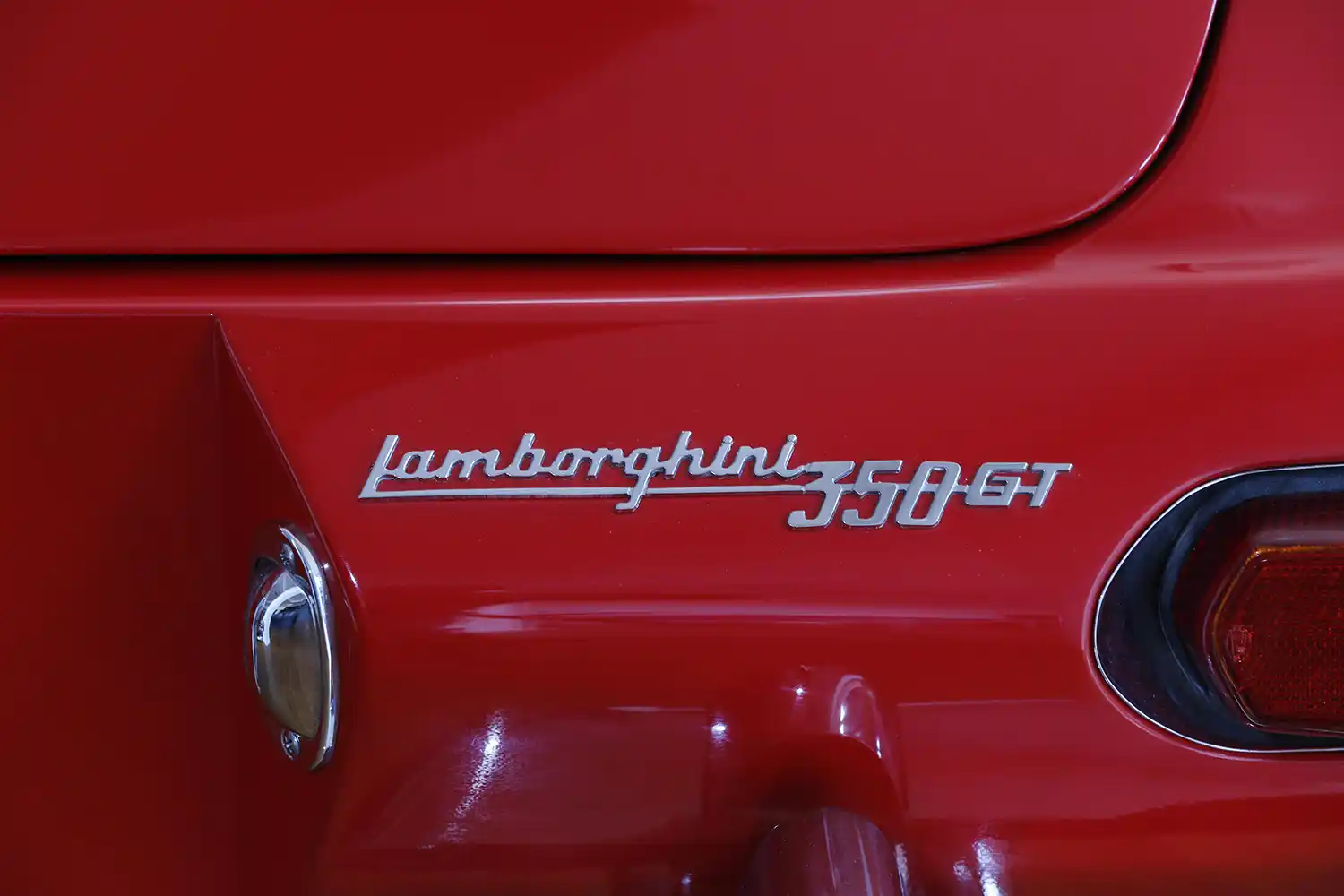
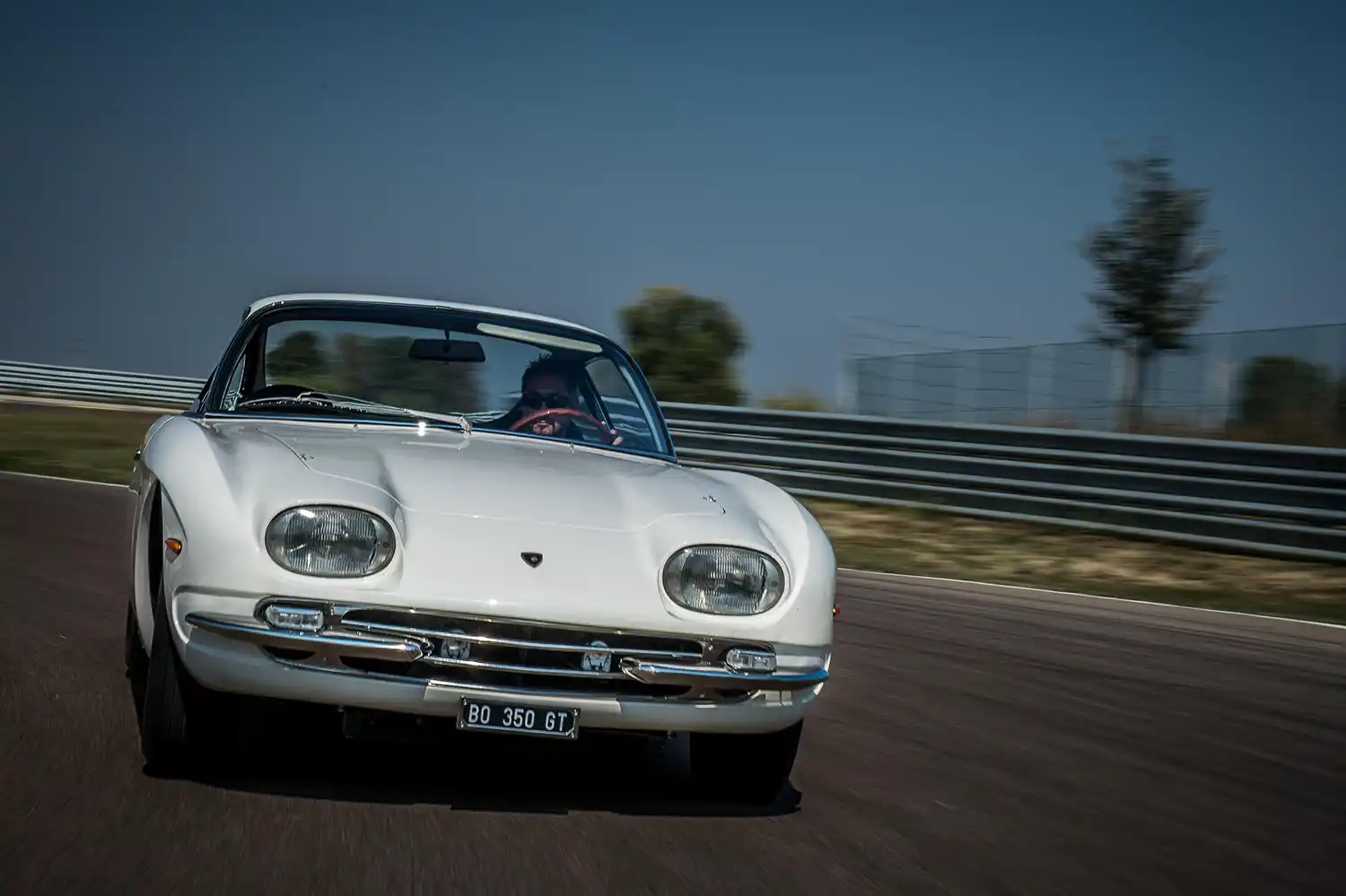
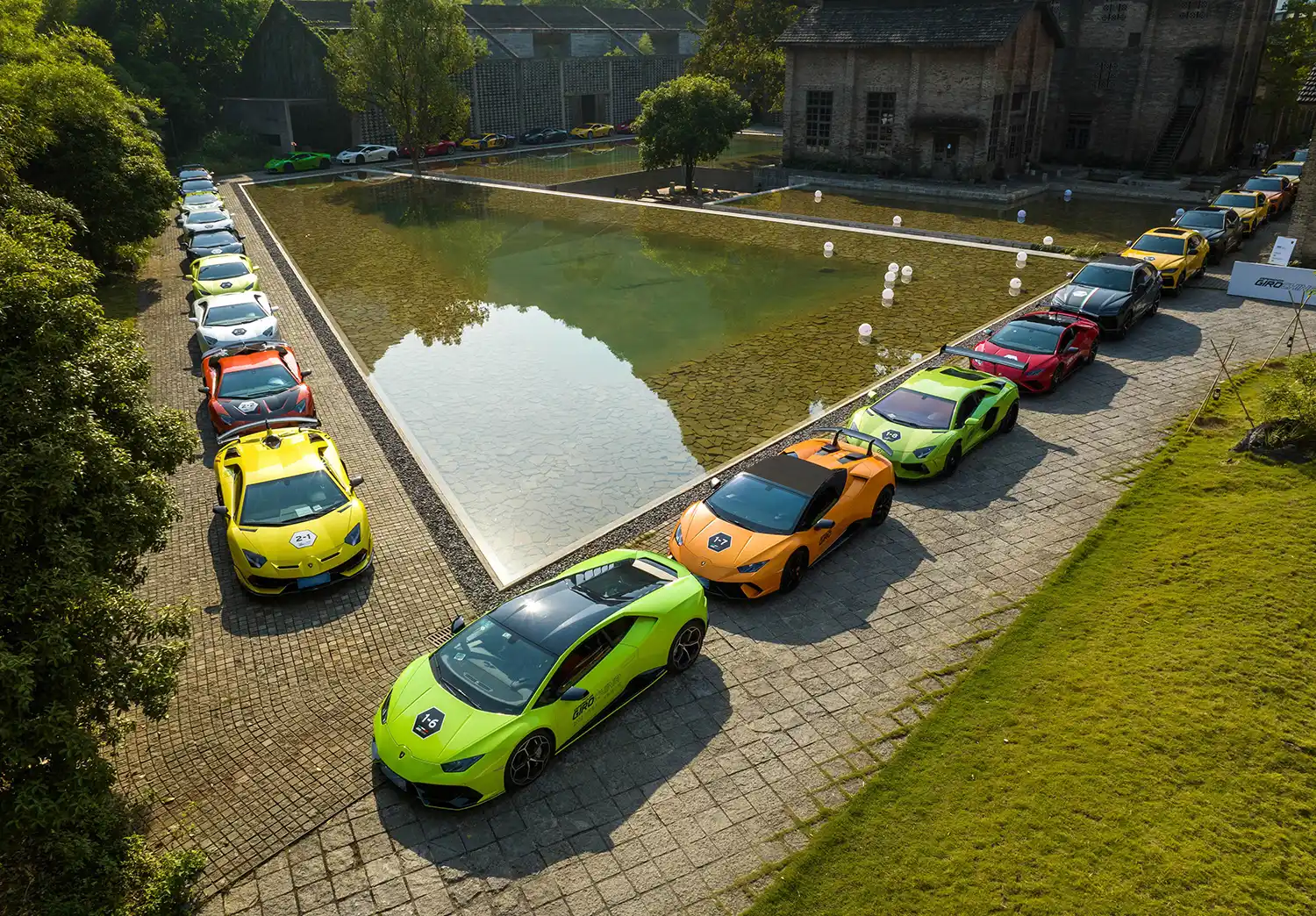
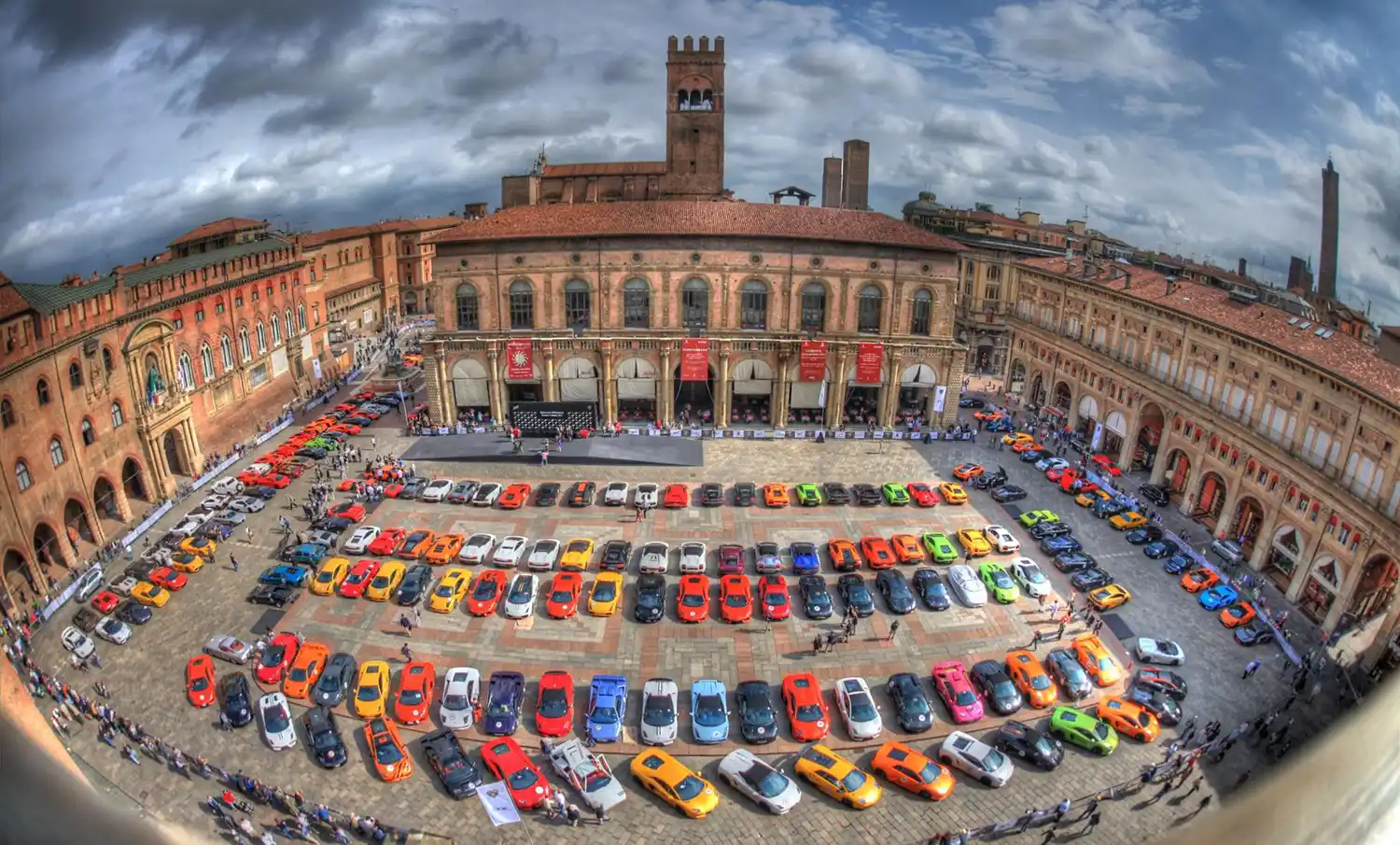
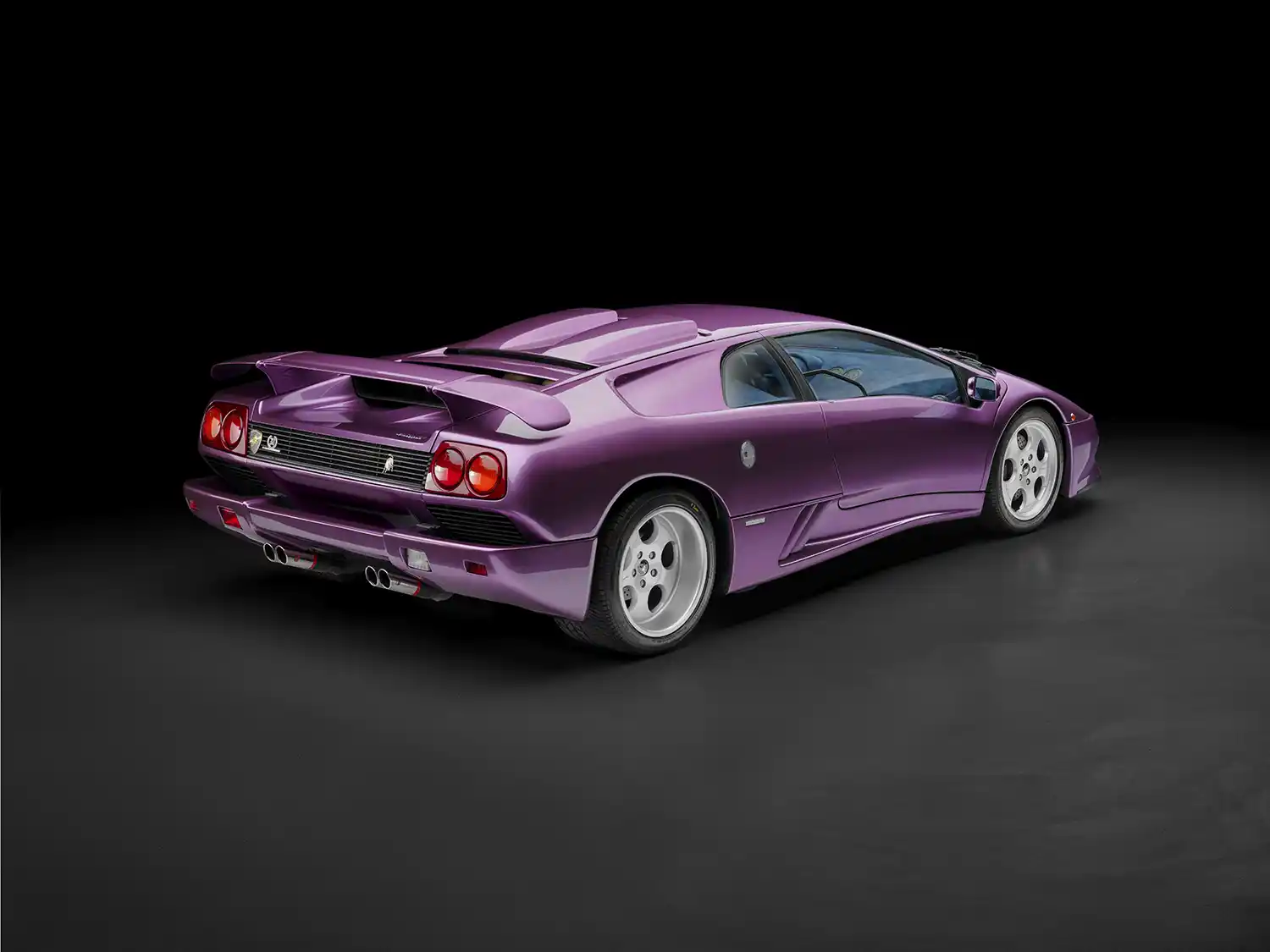
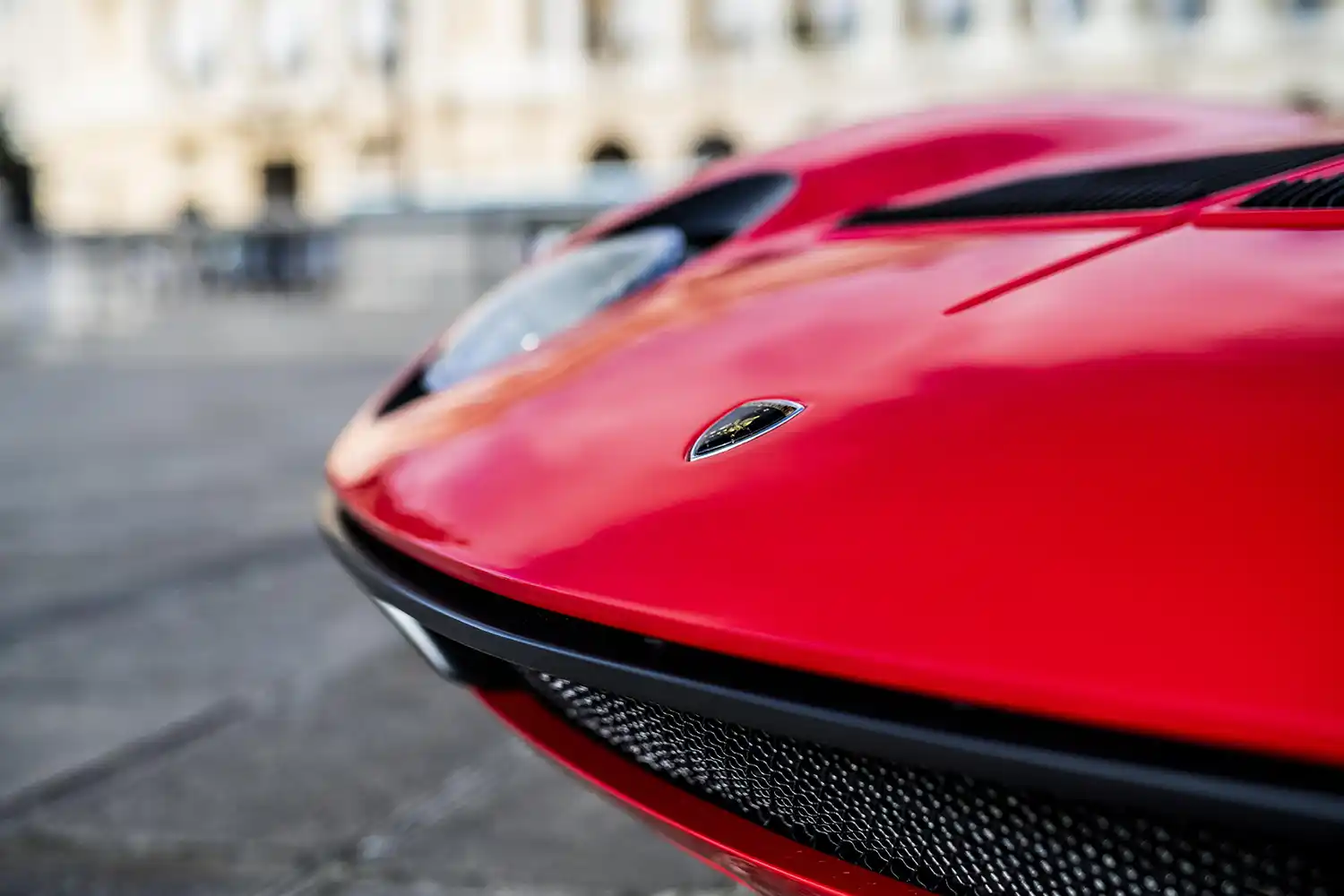
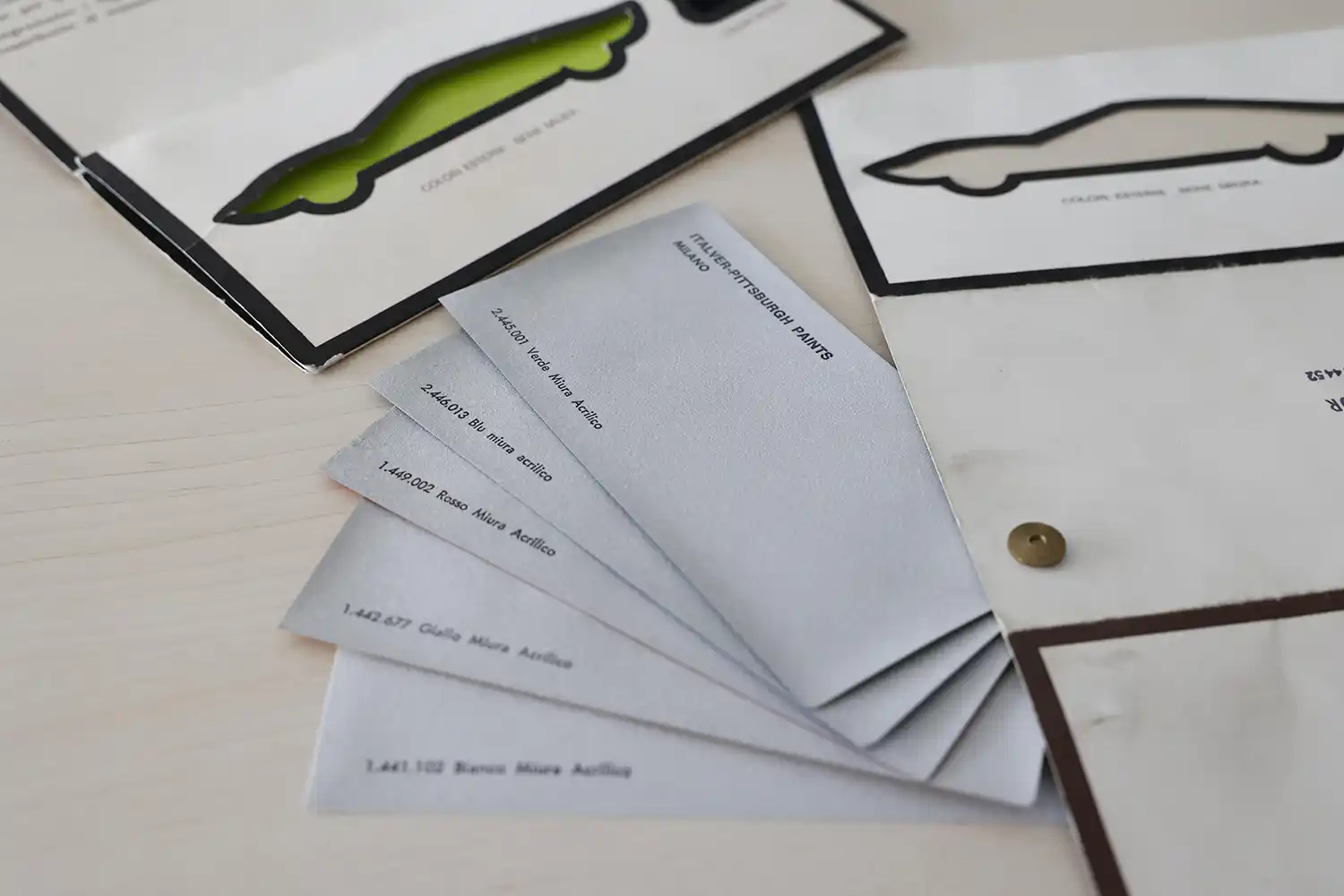
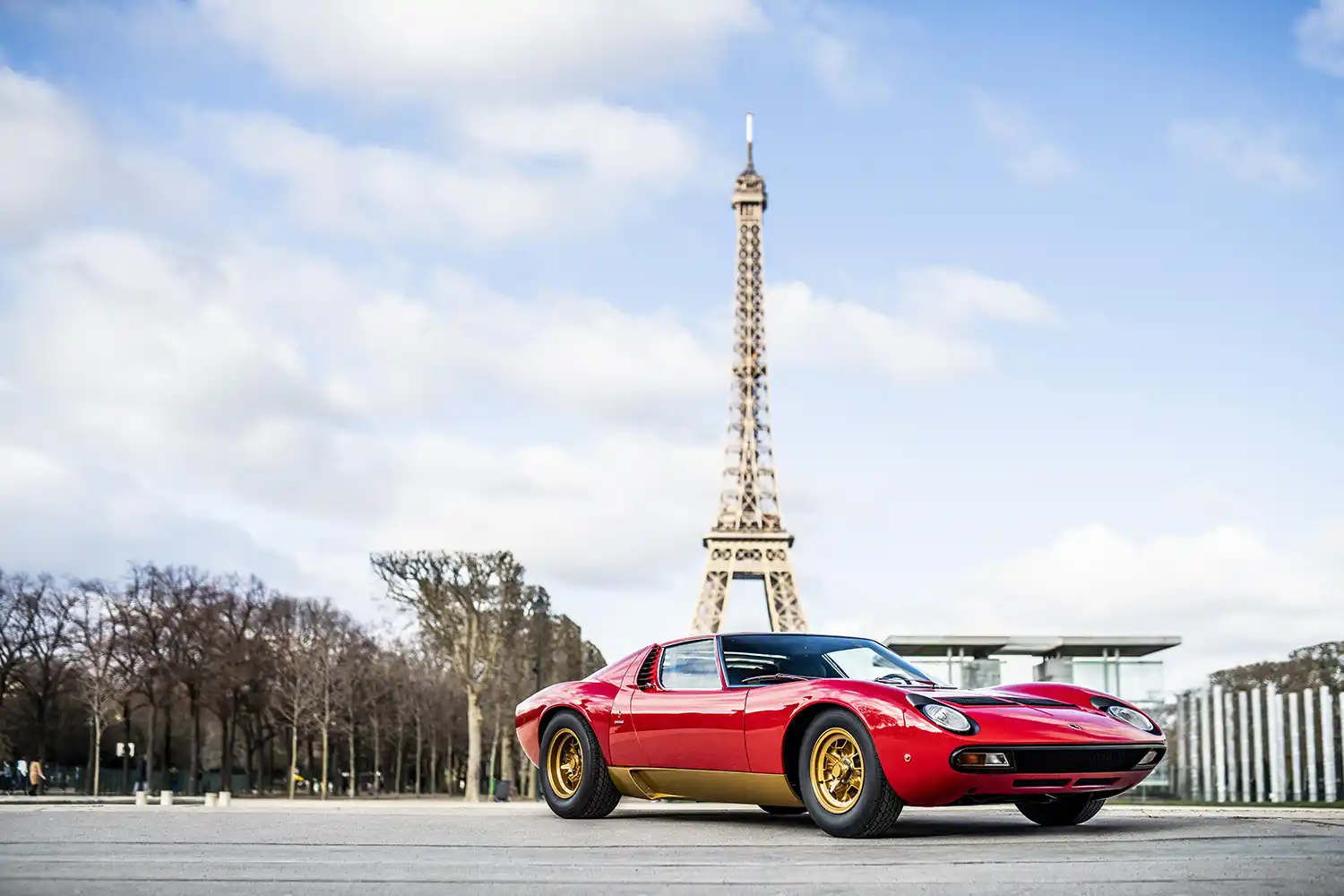
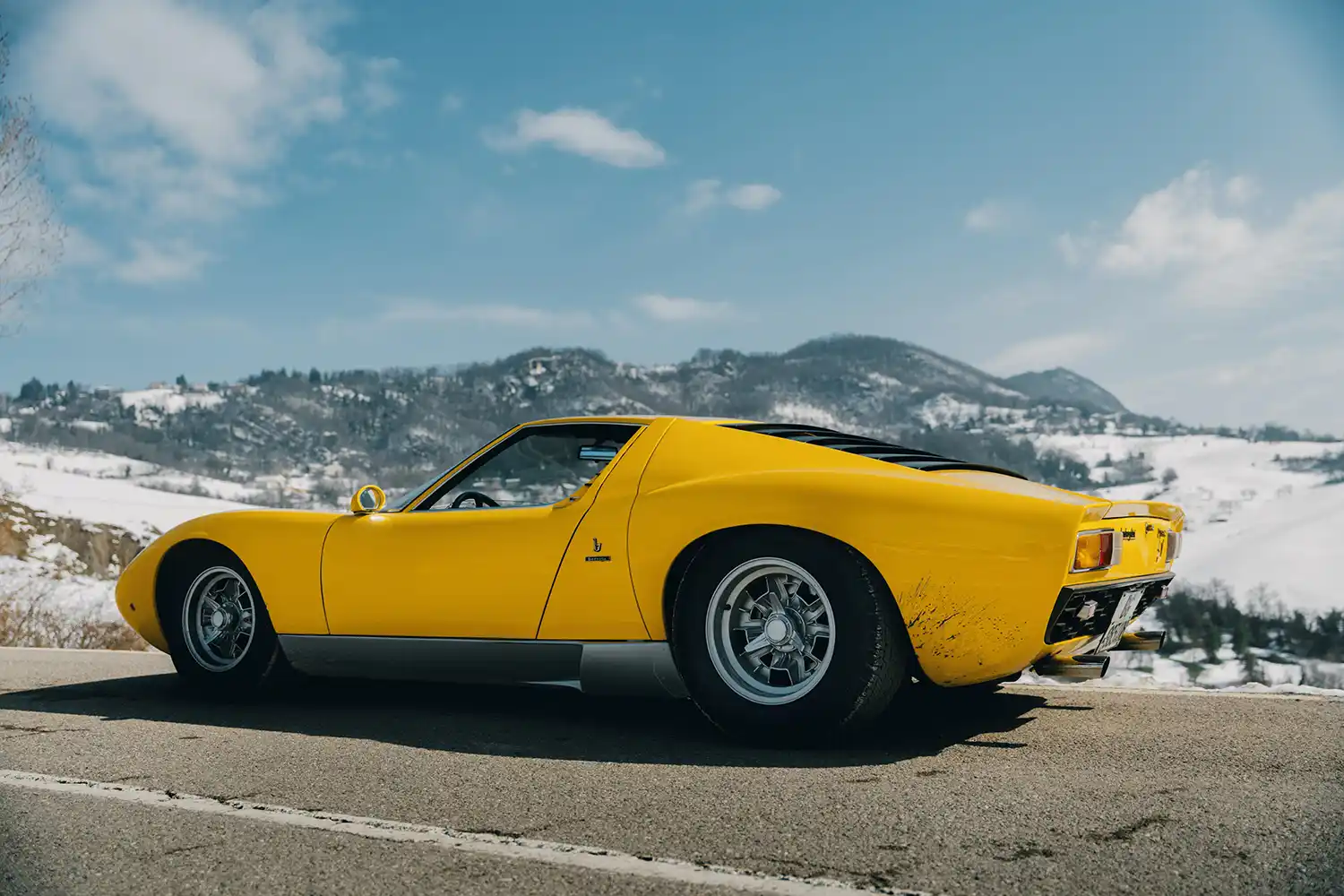
The post Lamborghini – 60 Years Of Colors appeared first on Wheelz.me-English.




